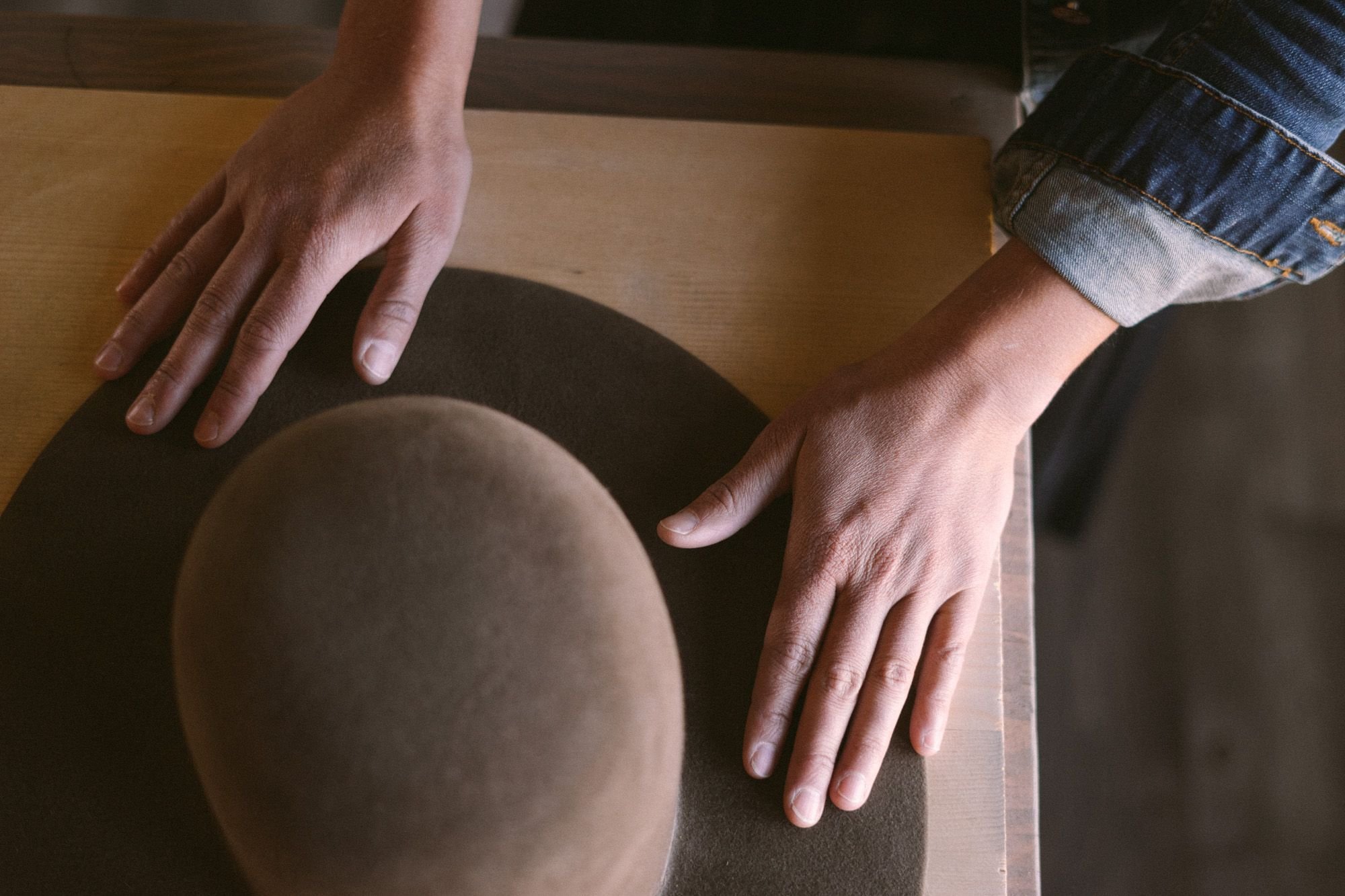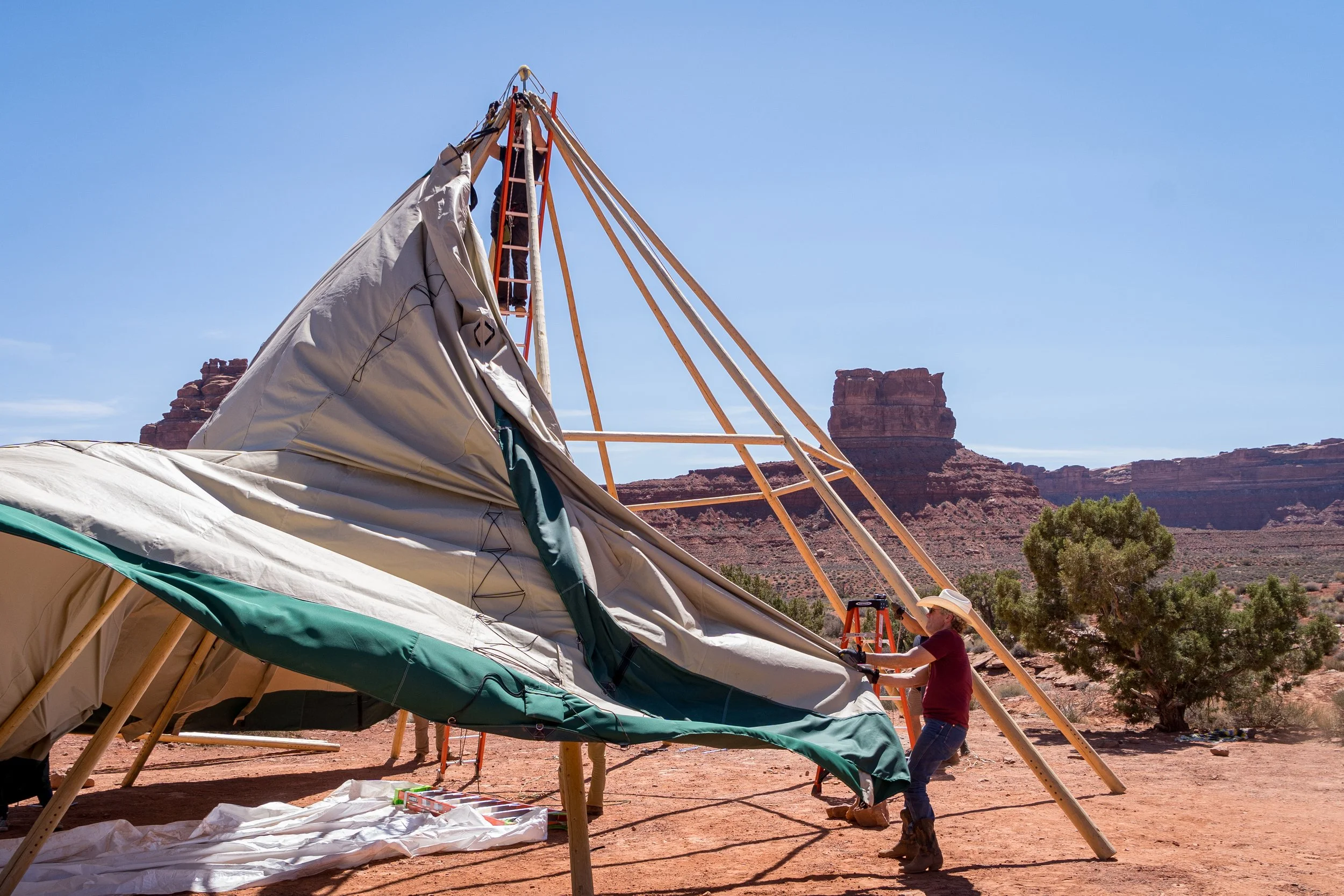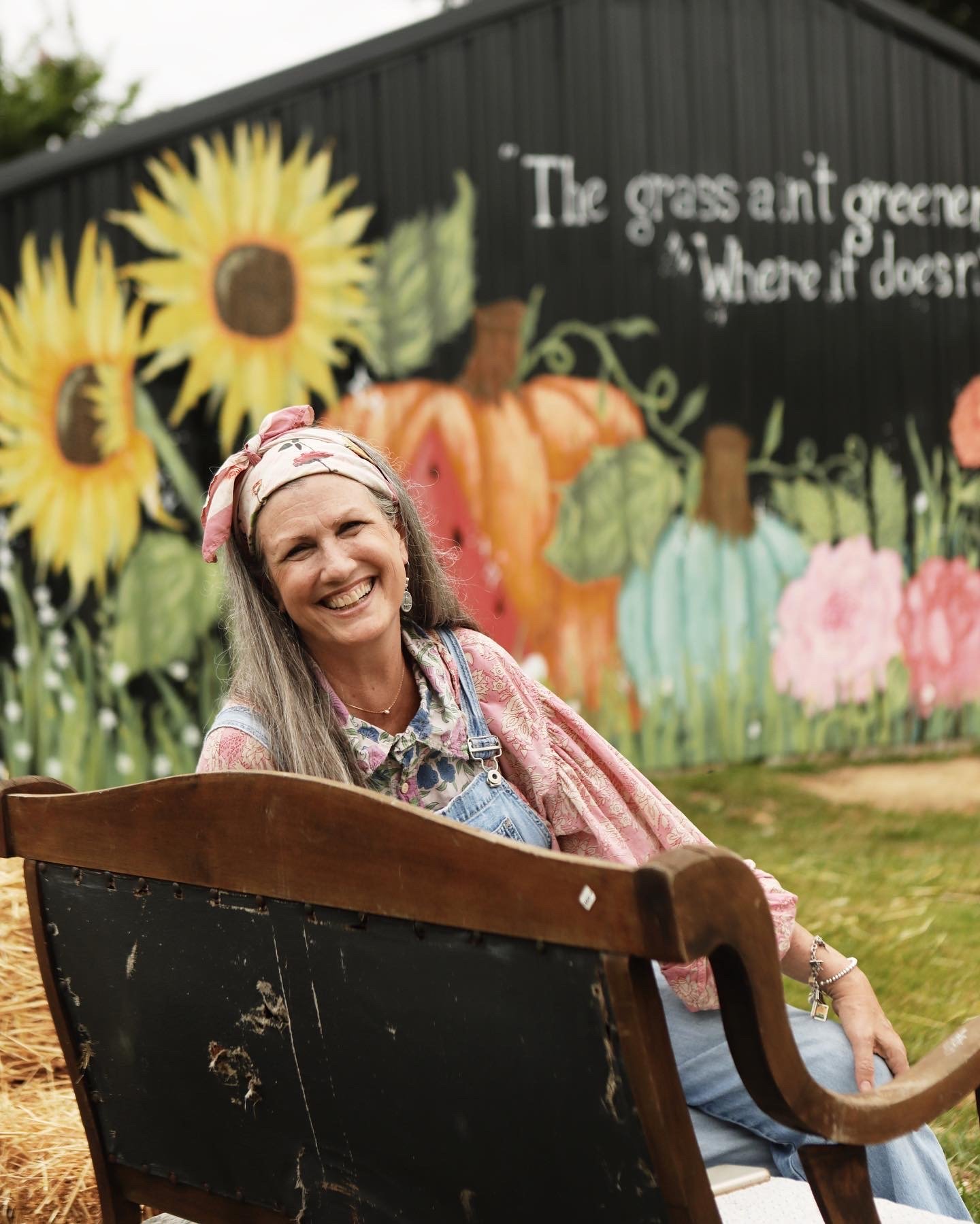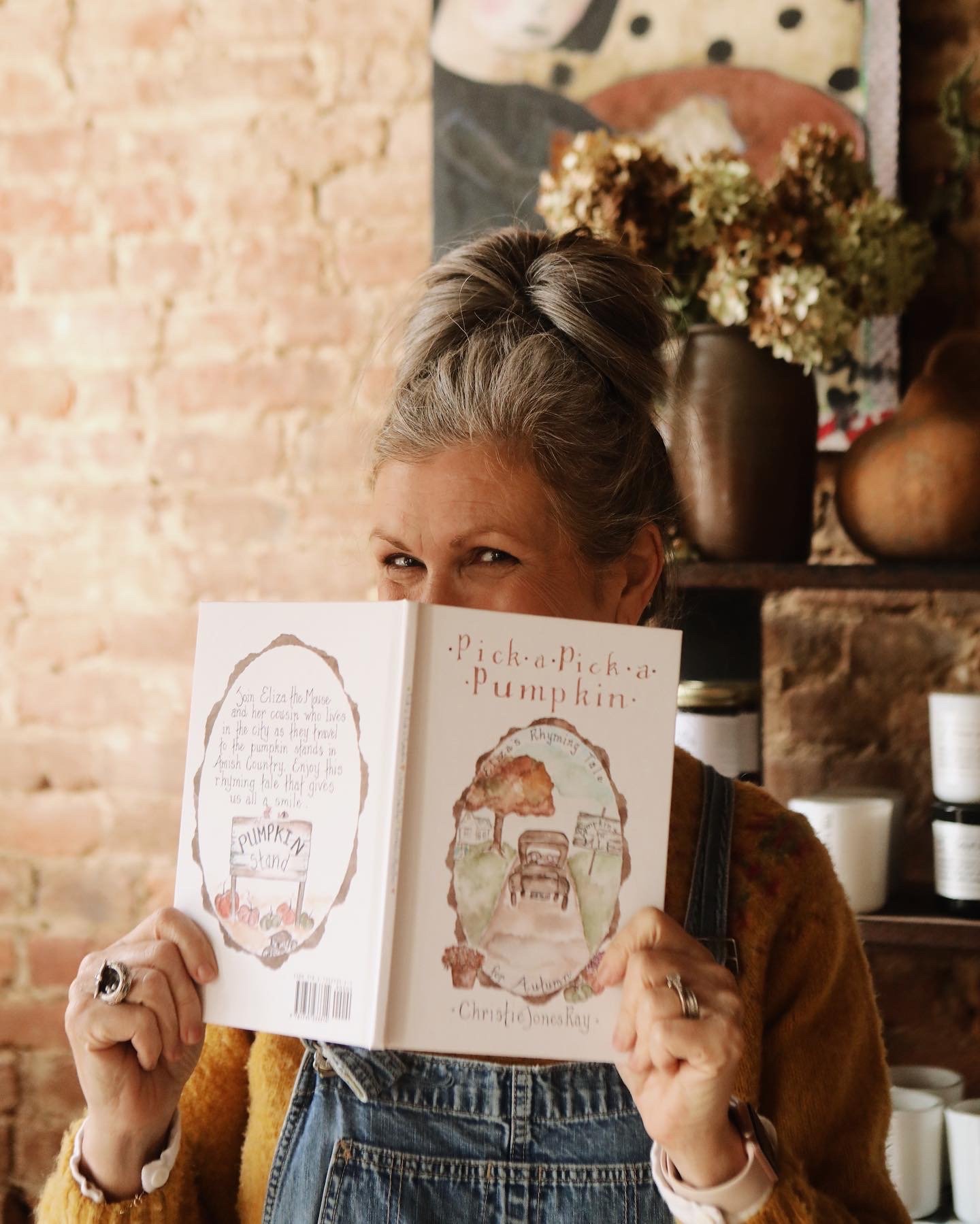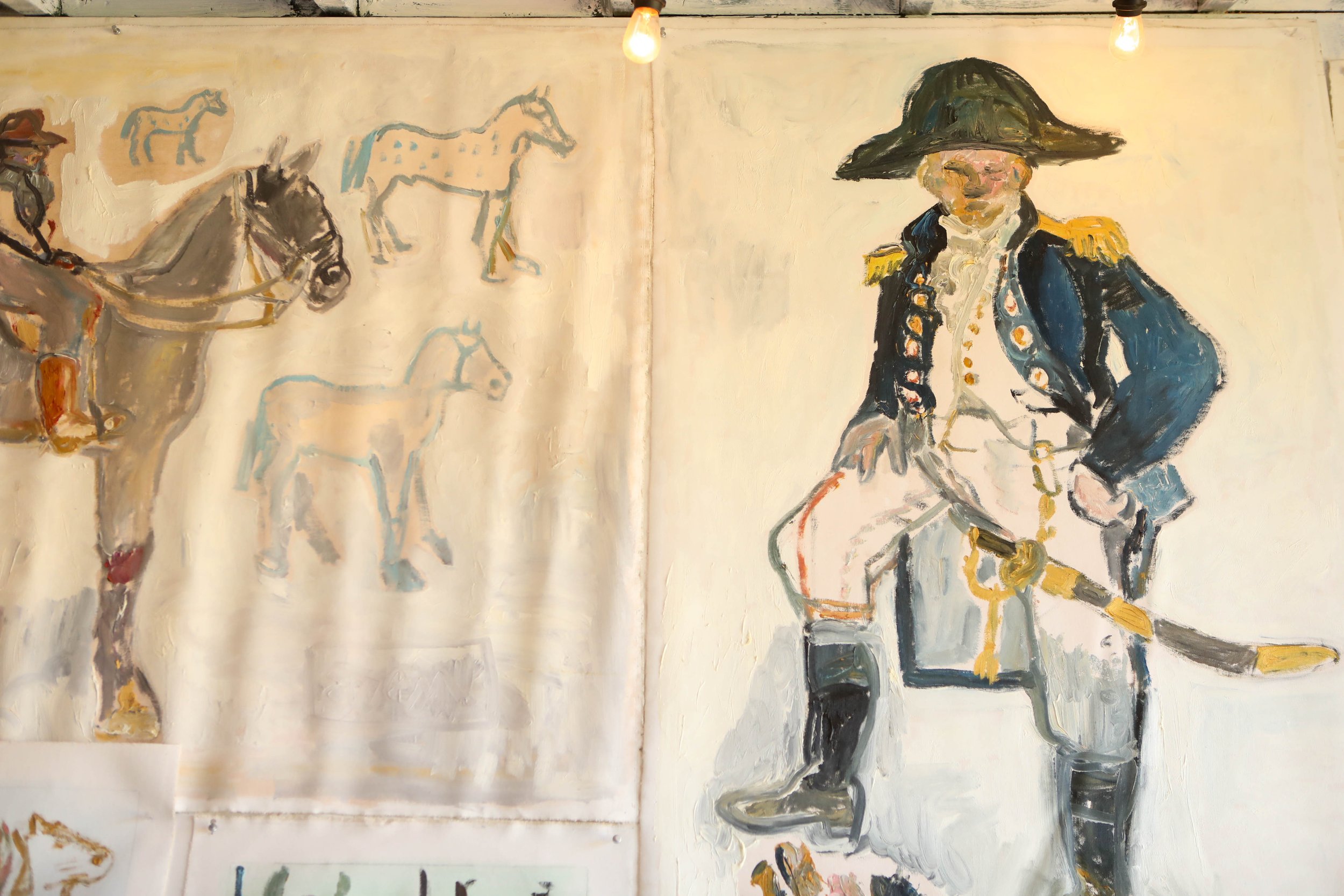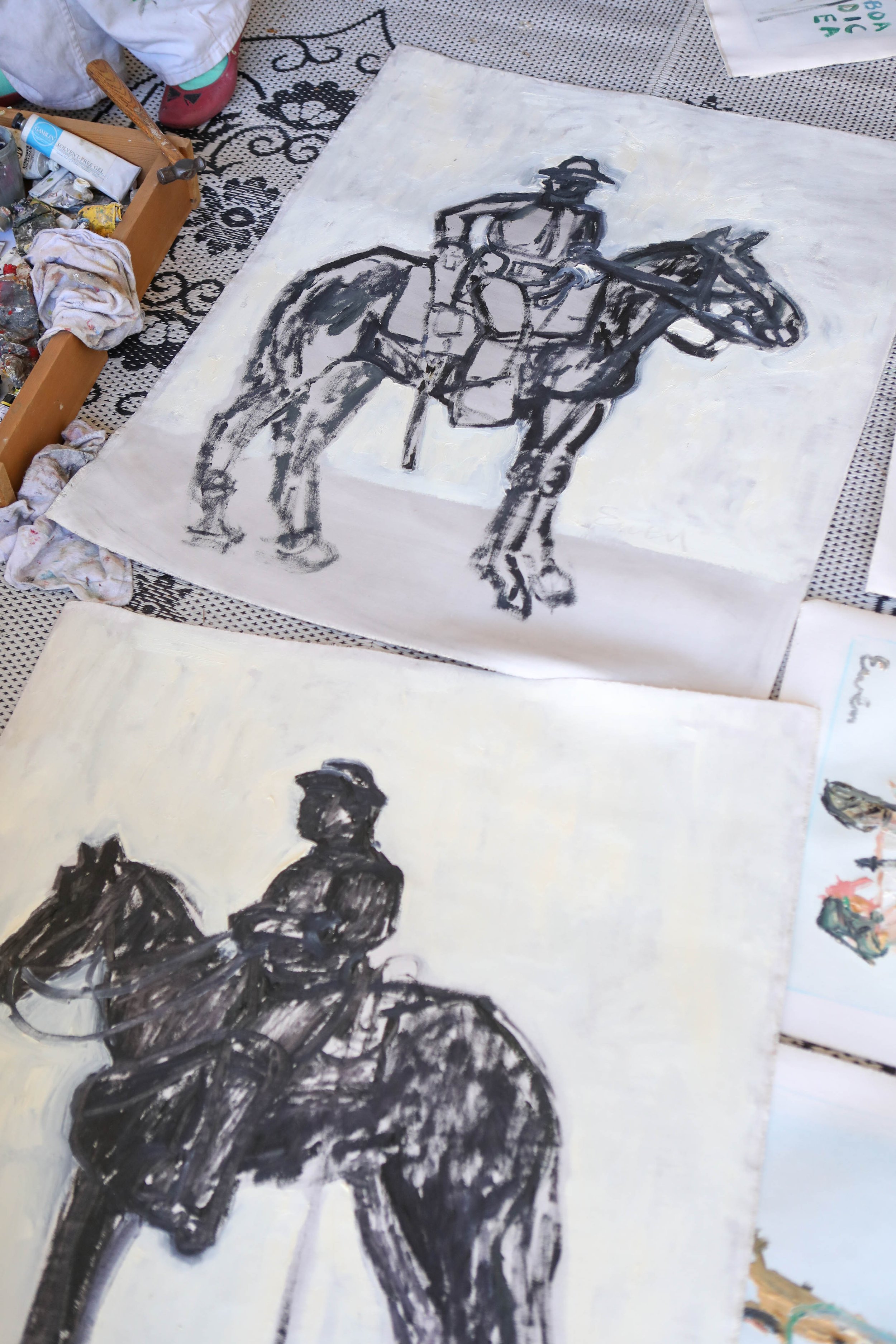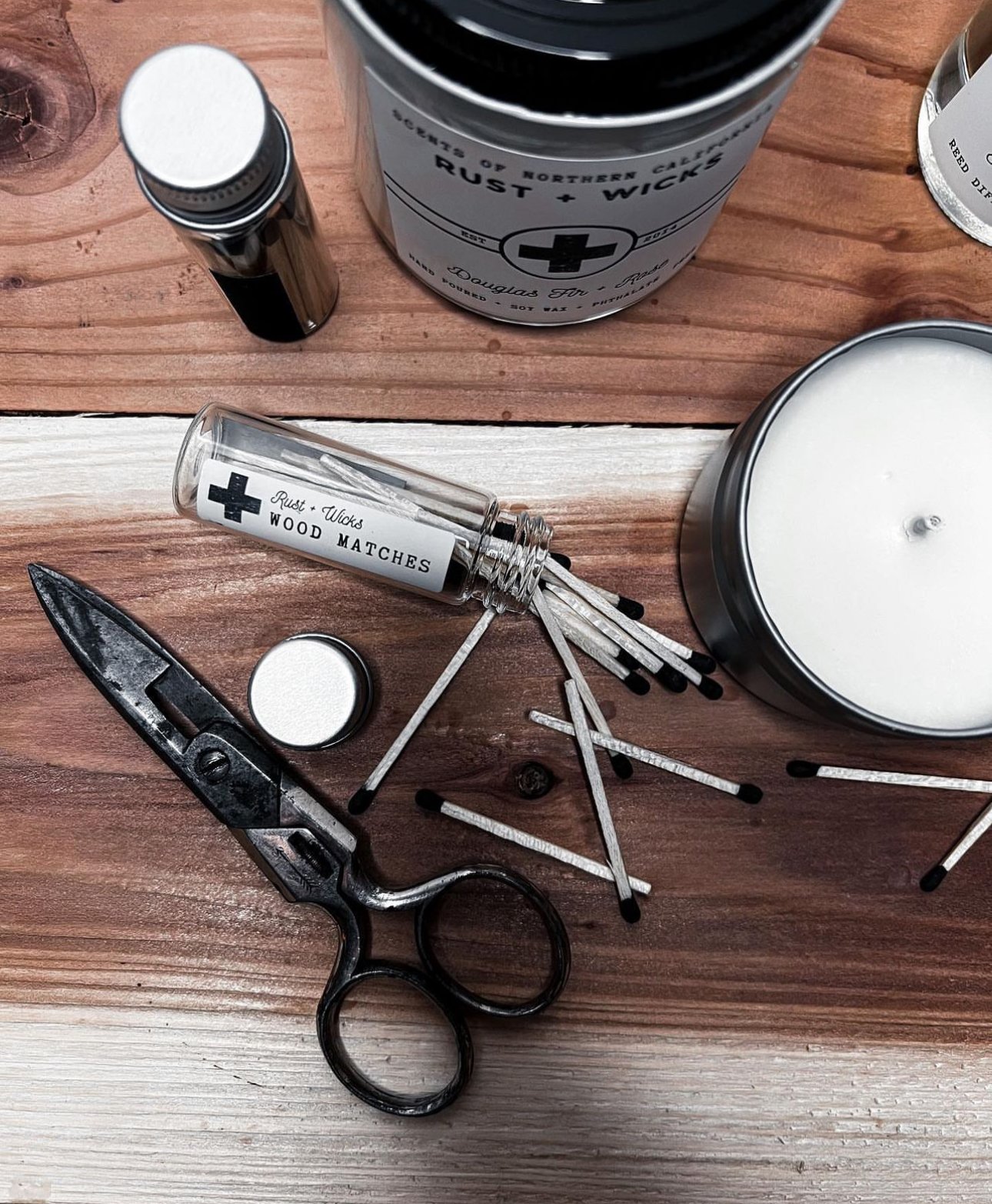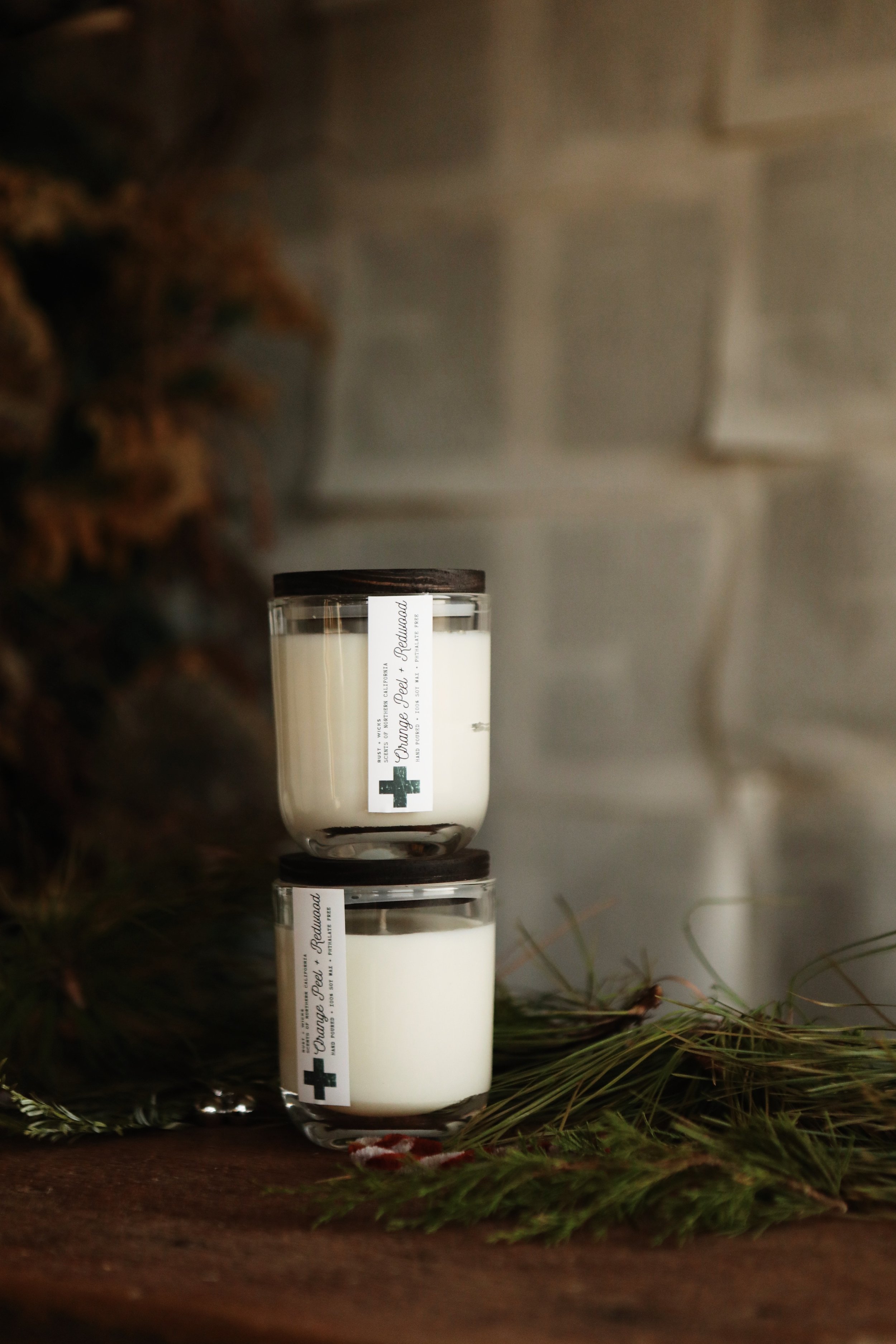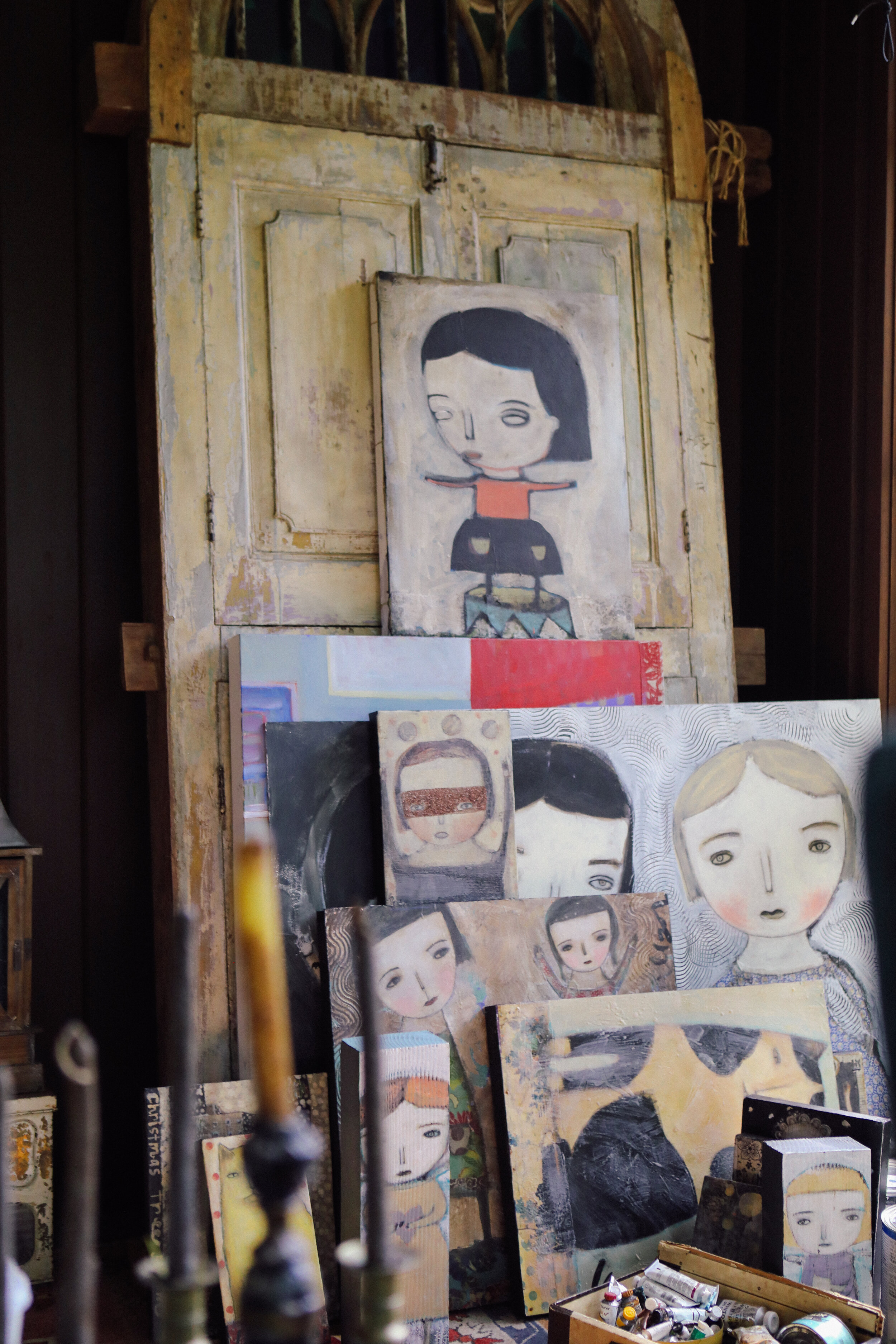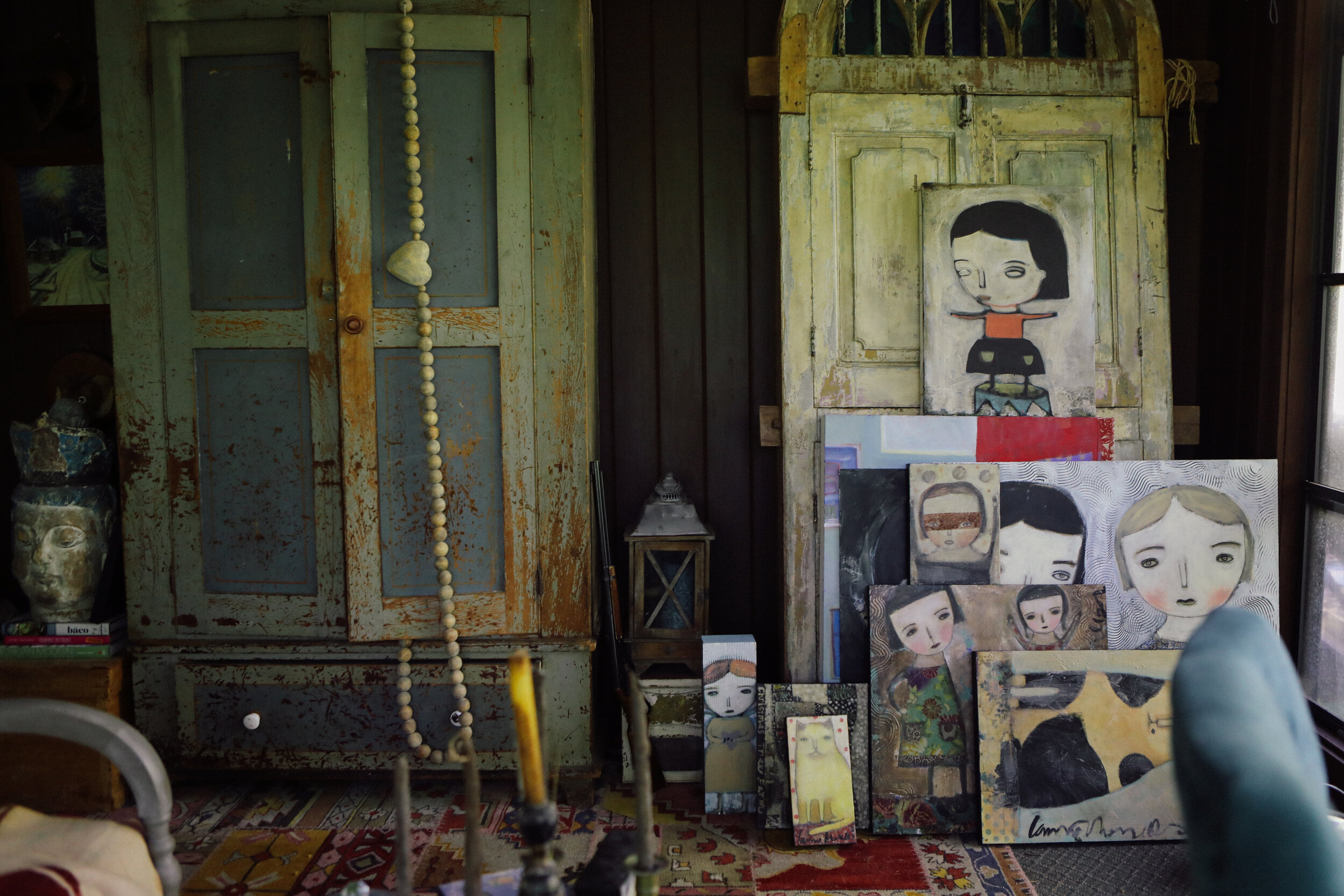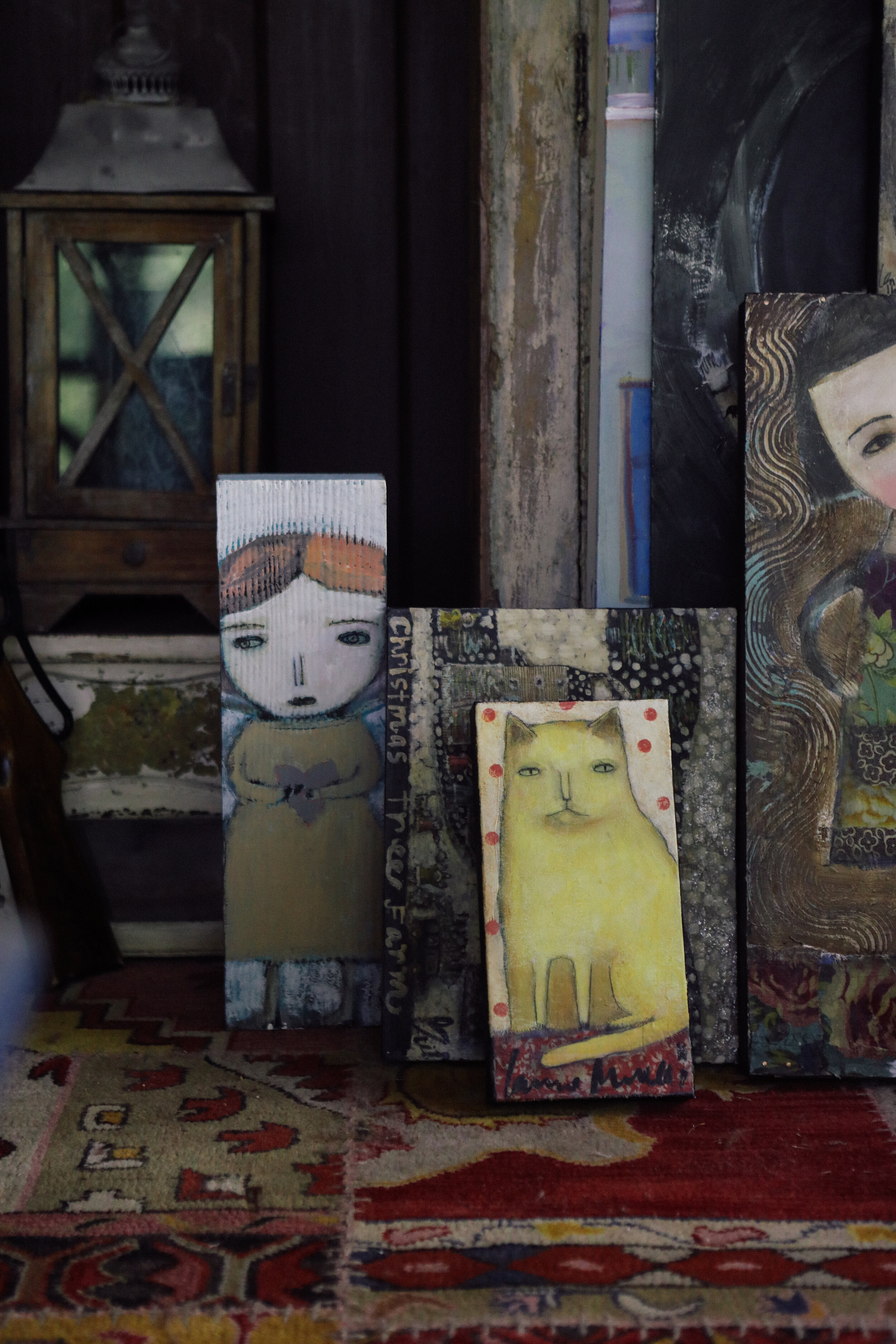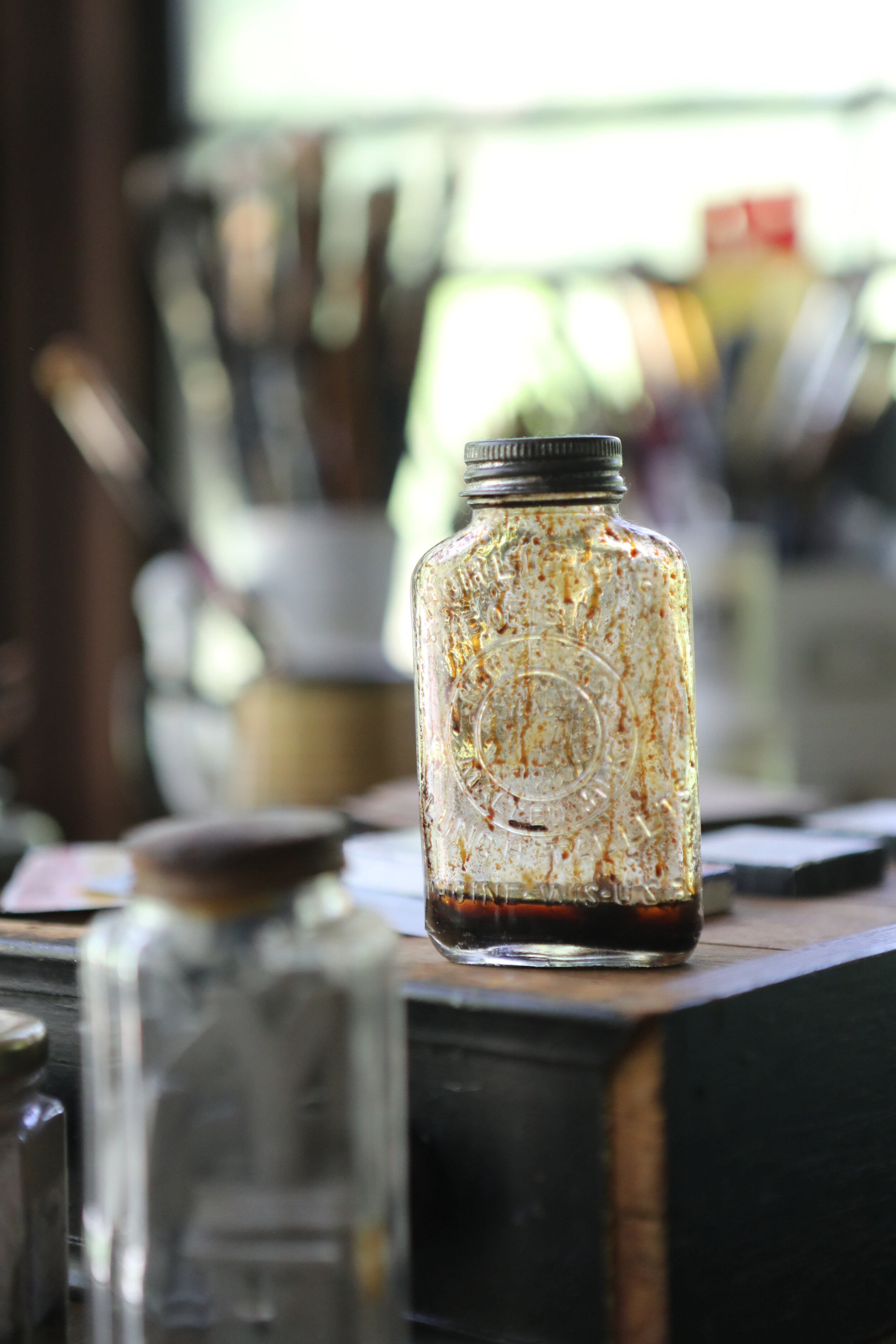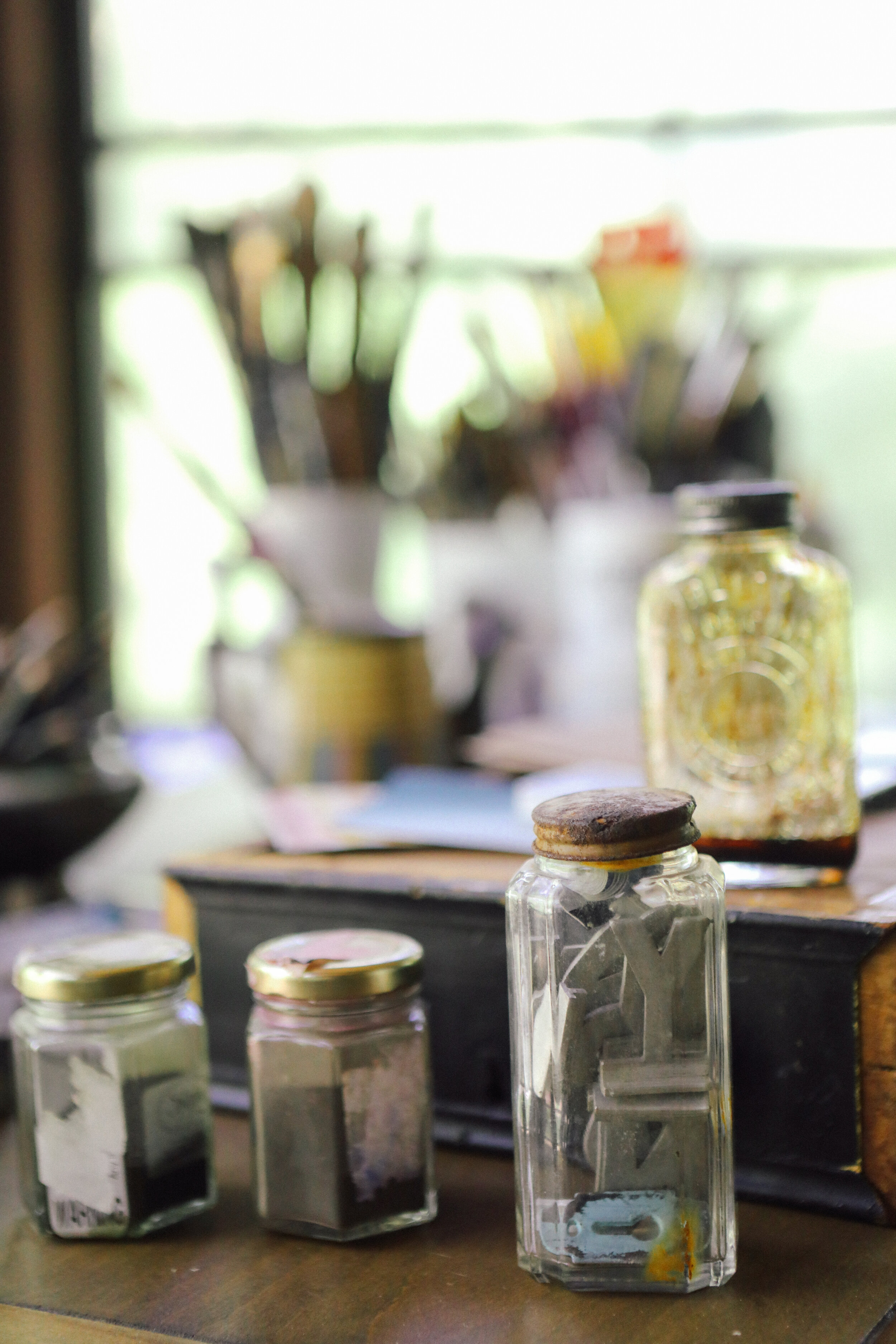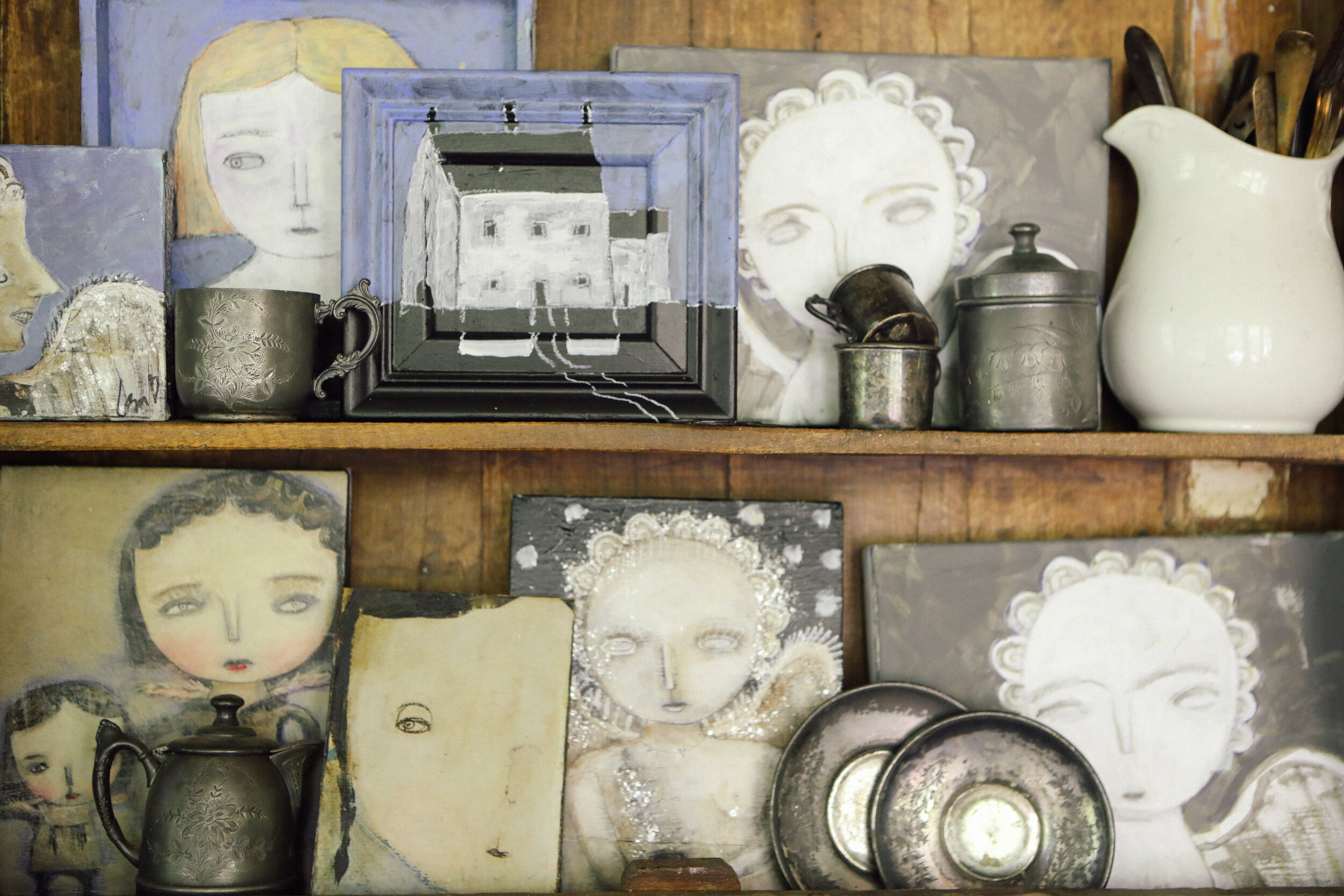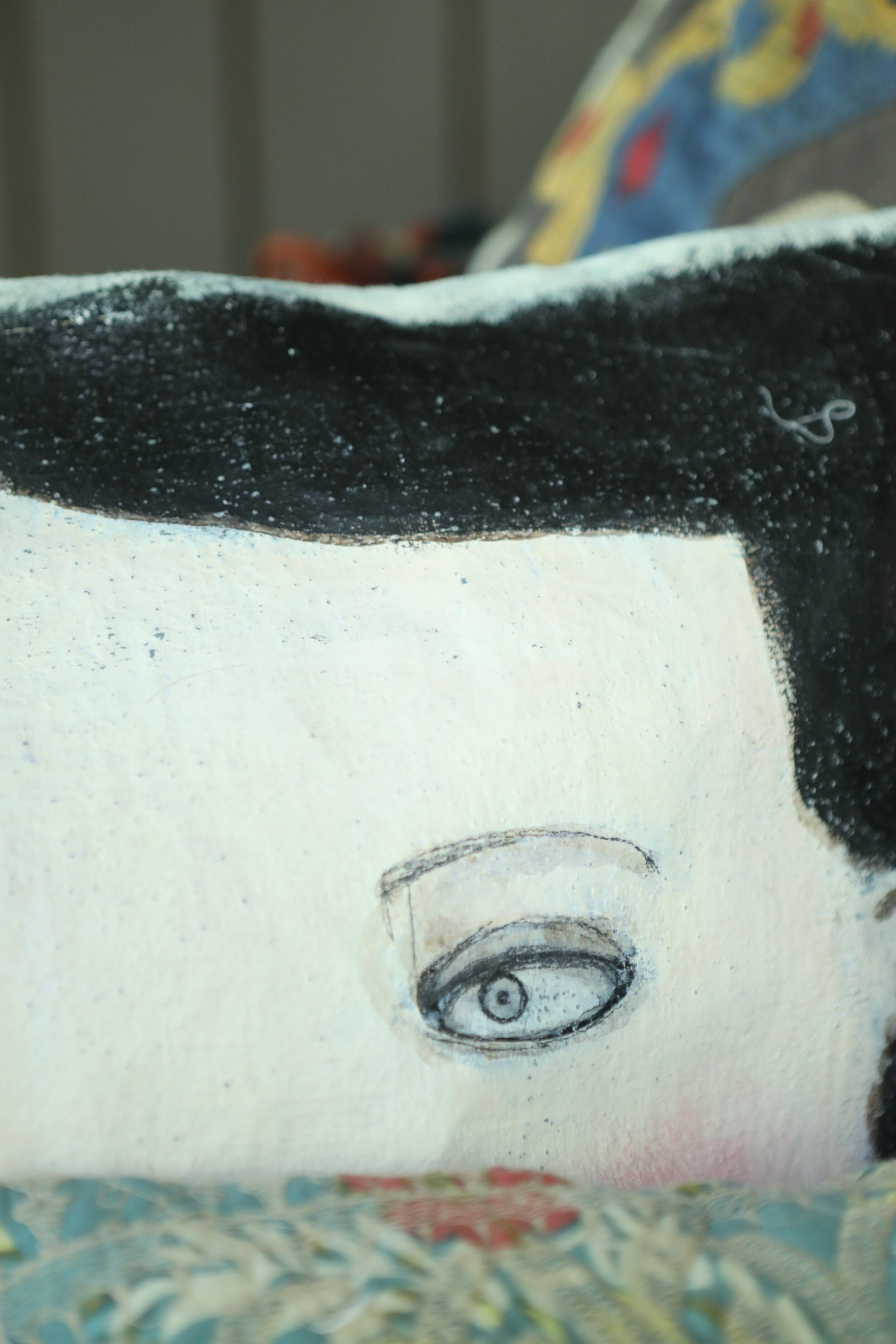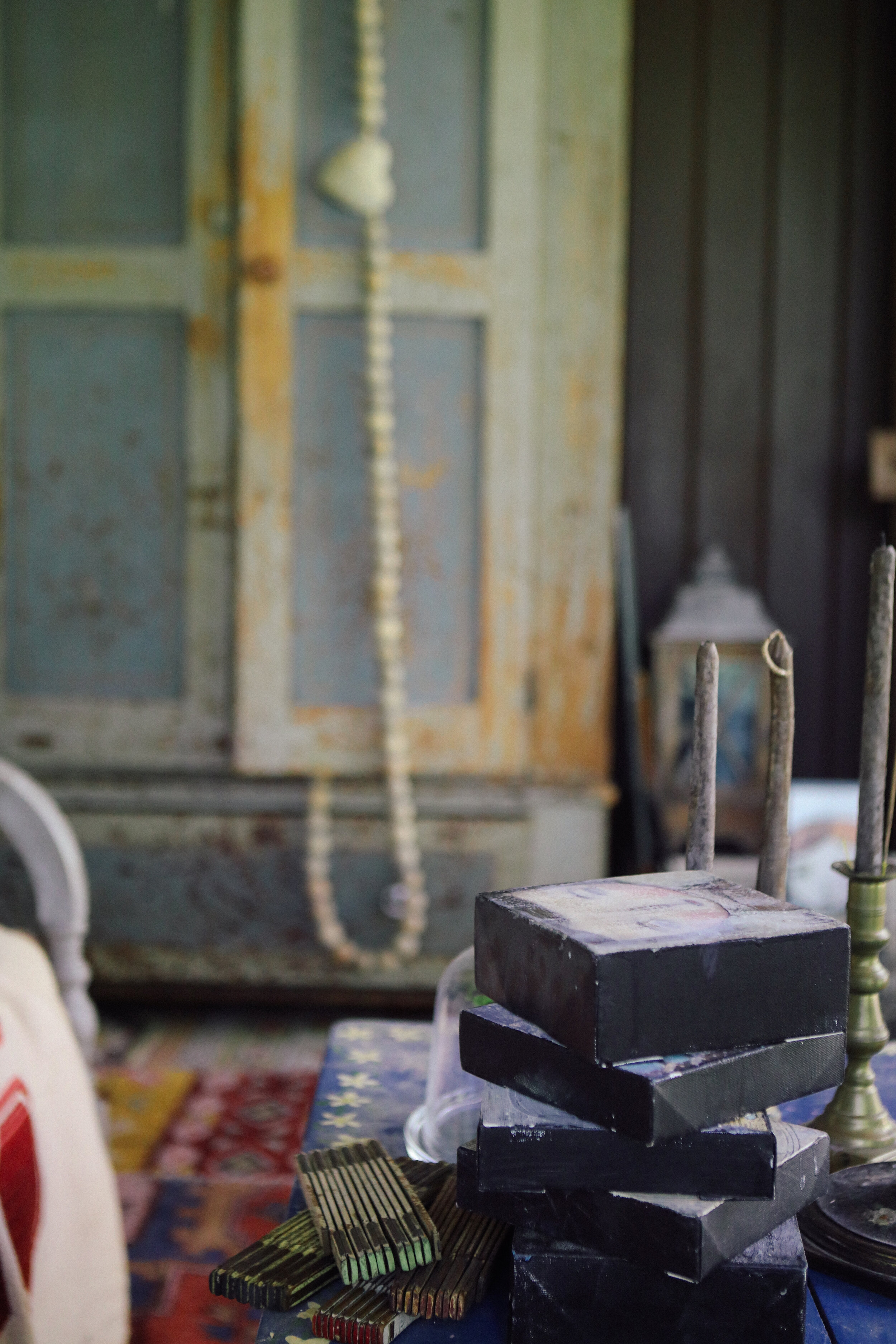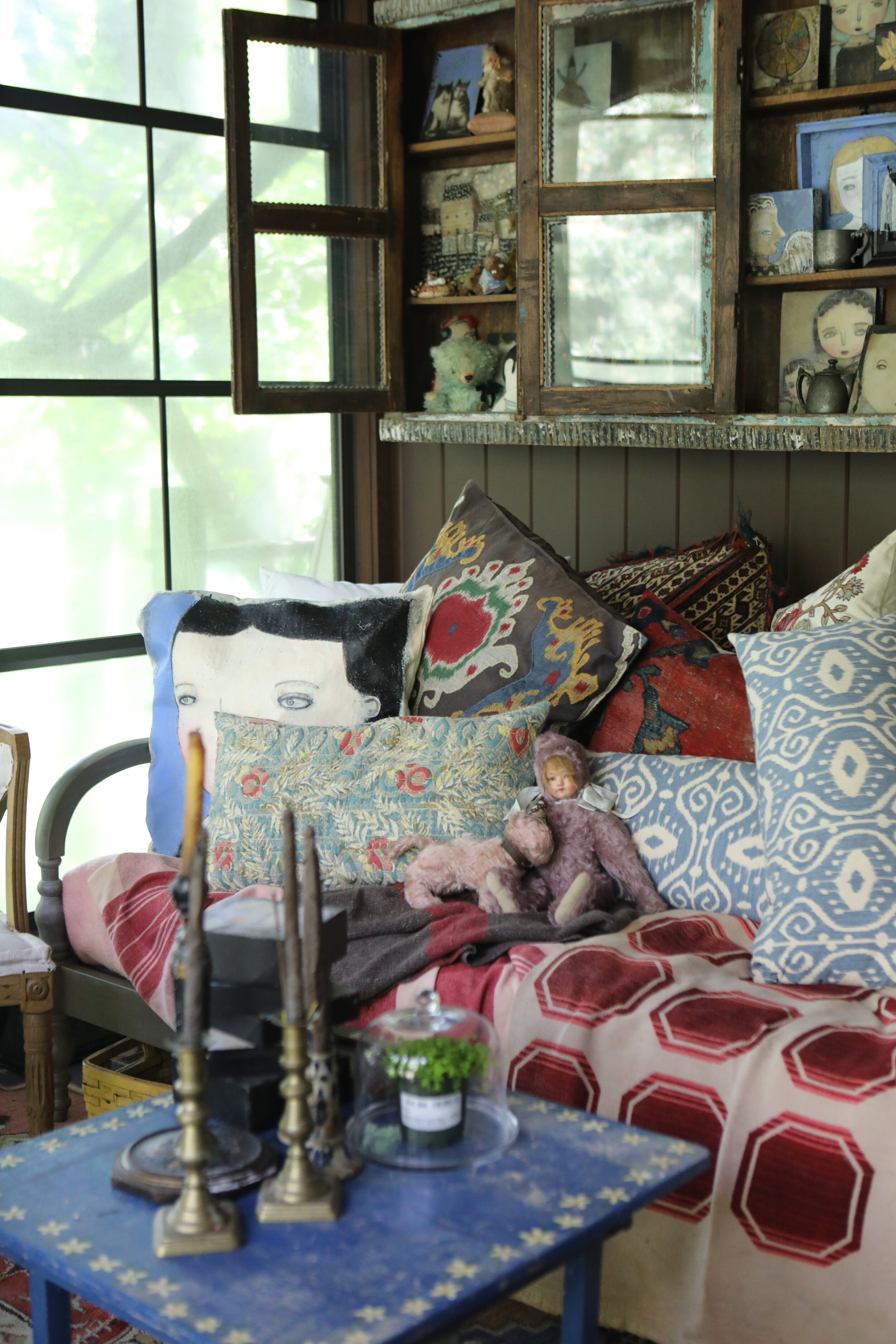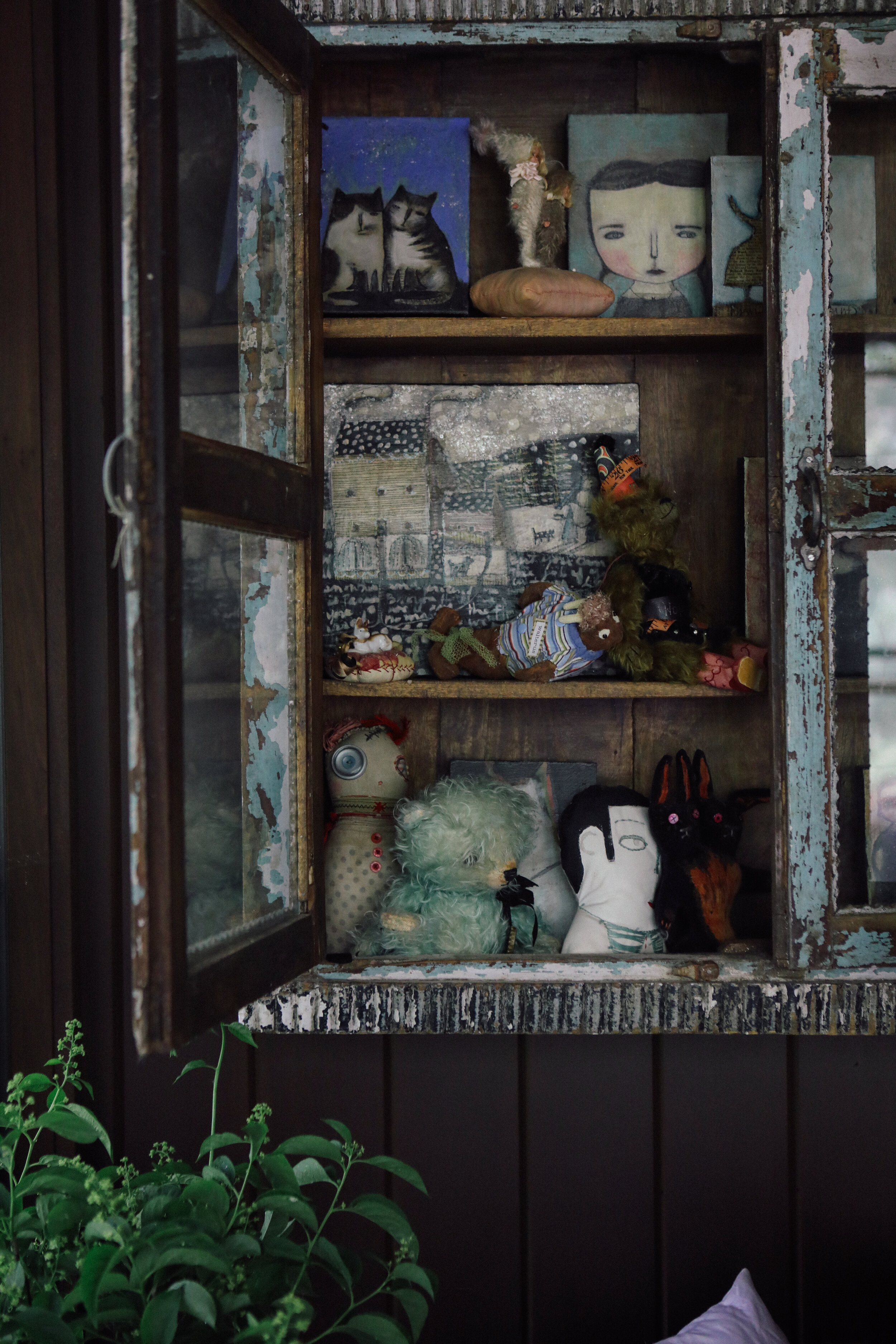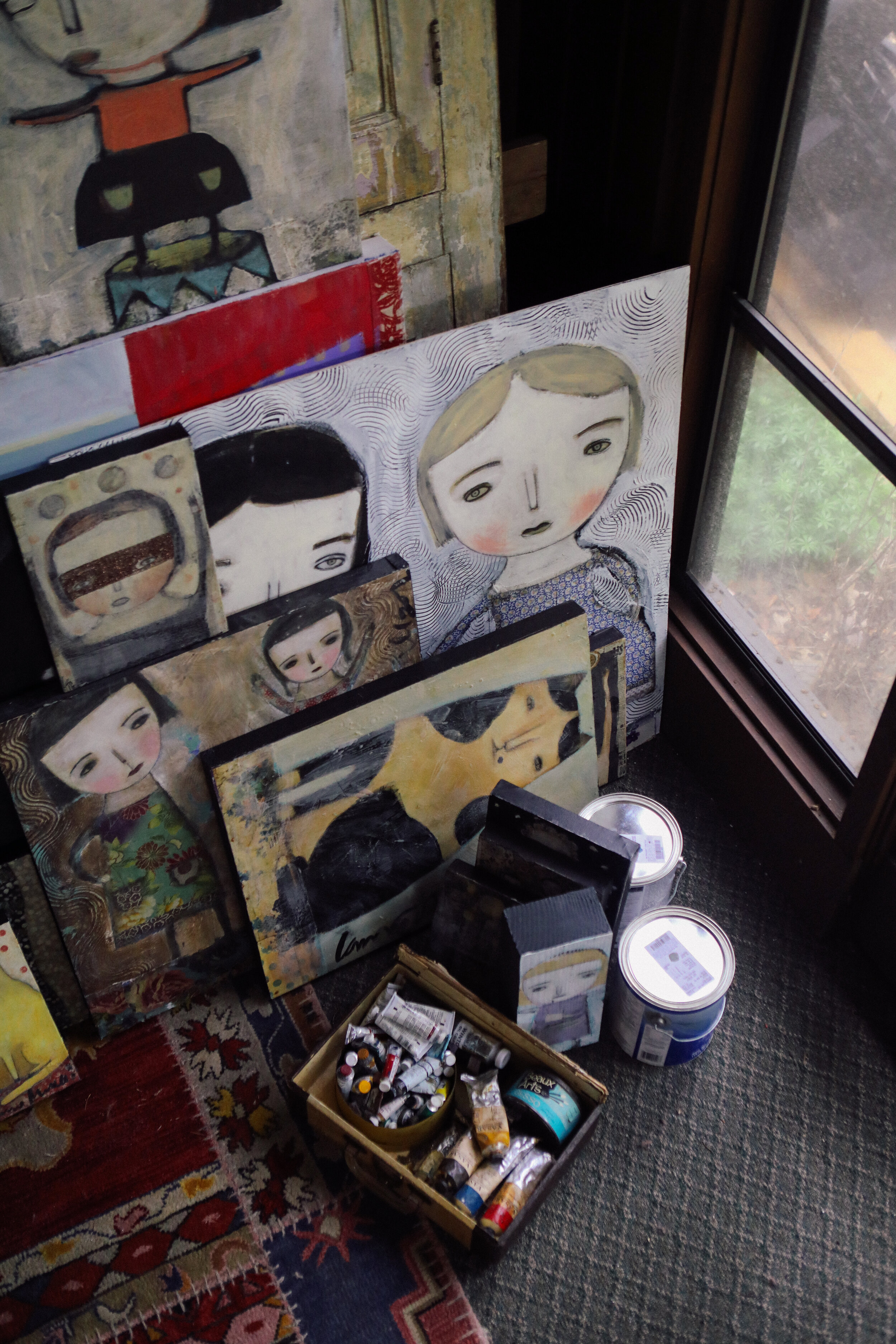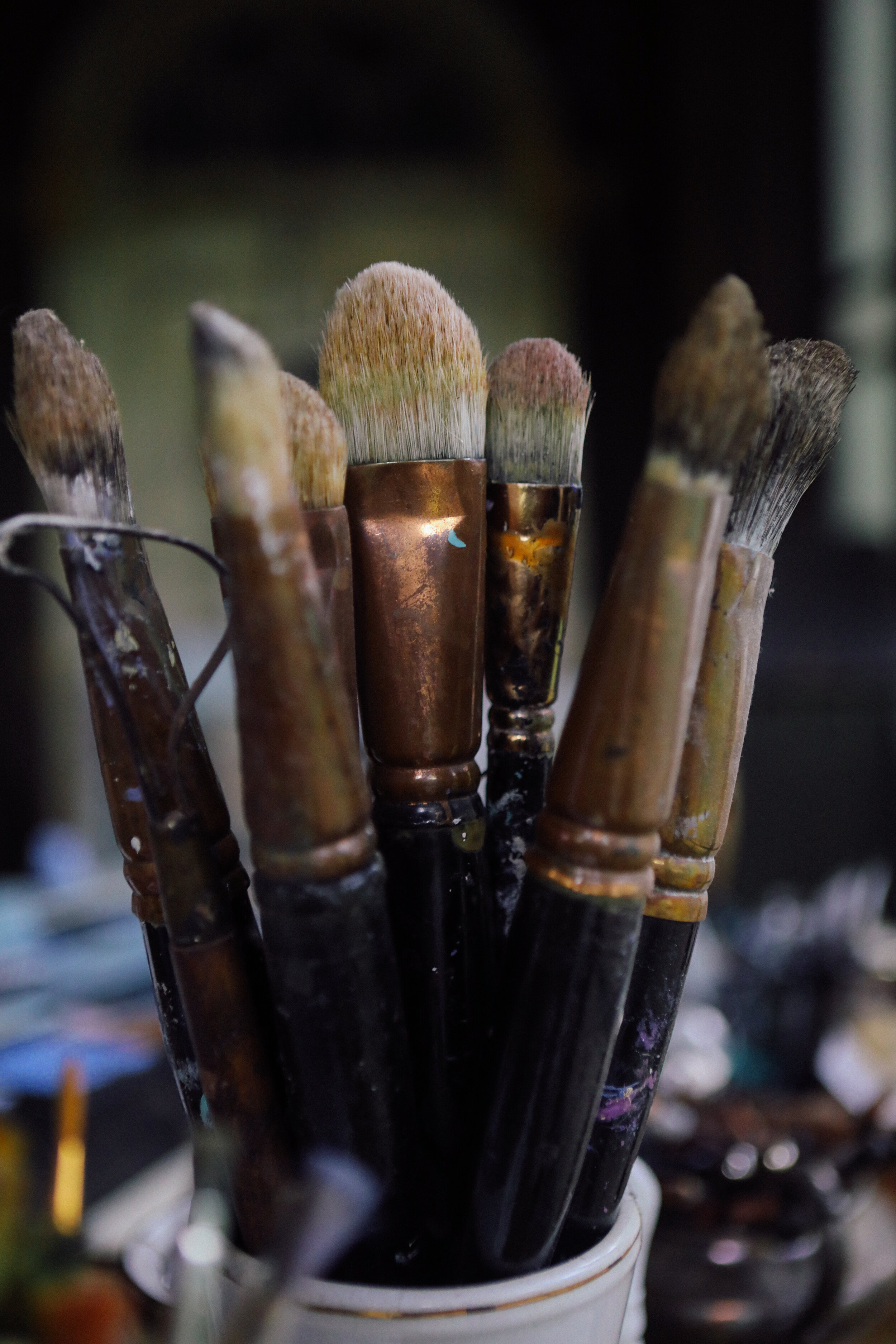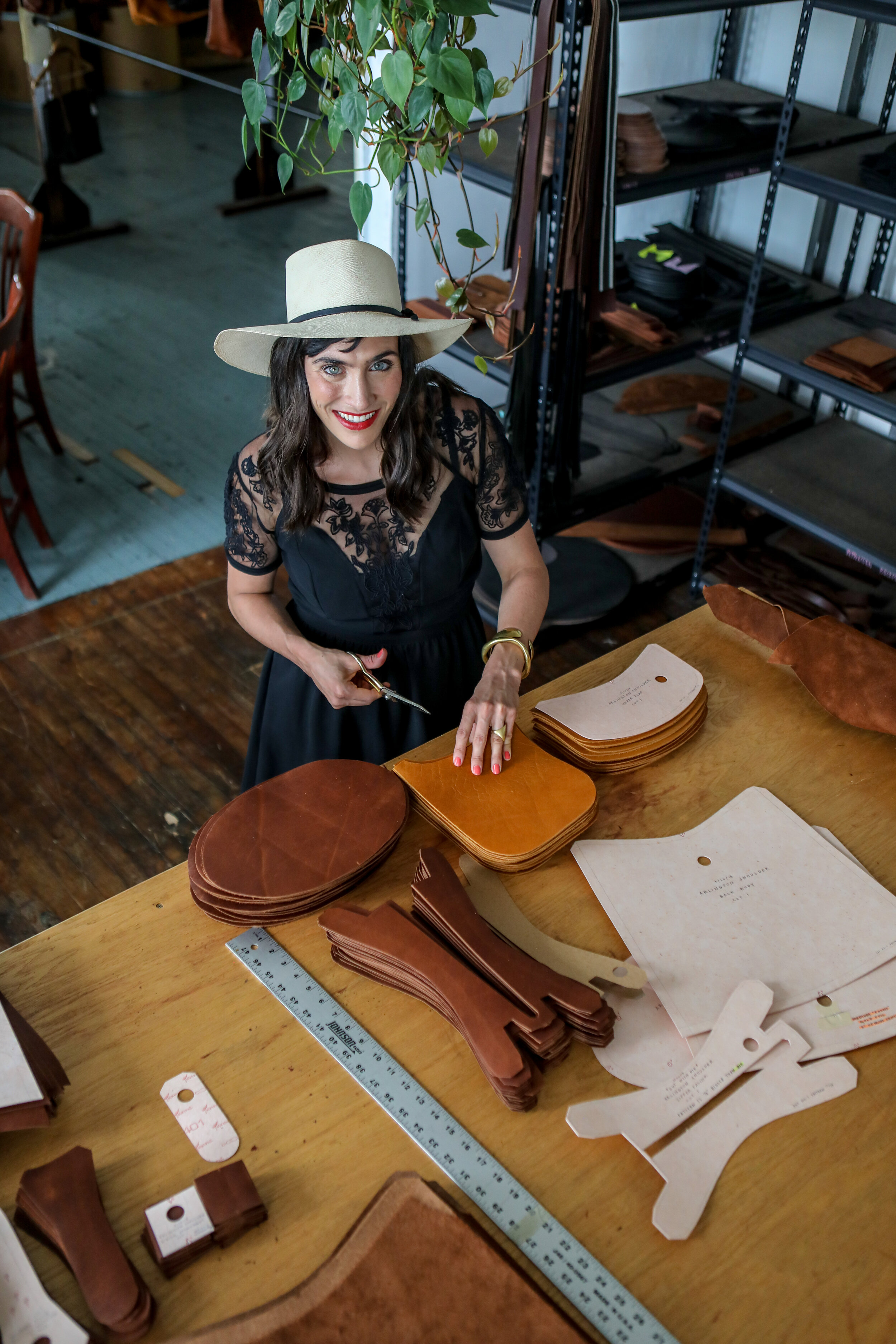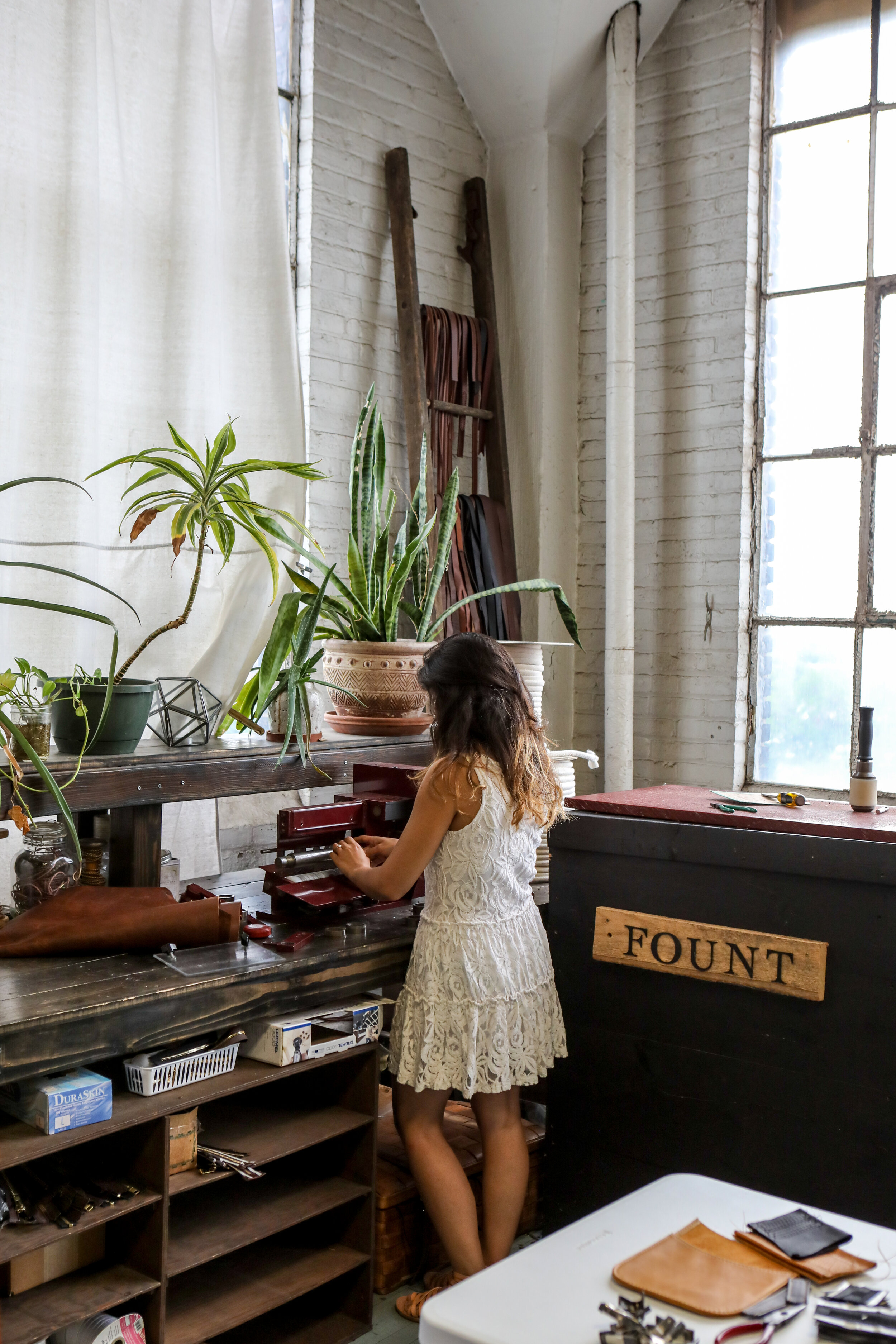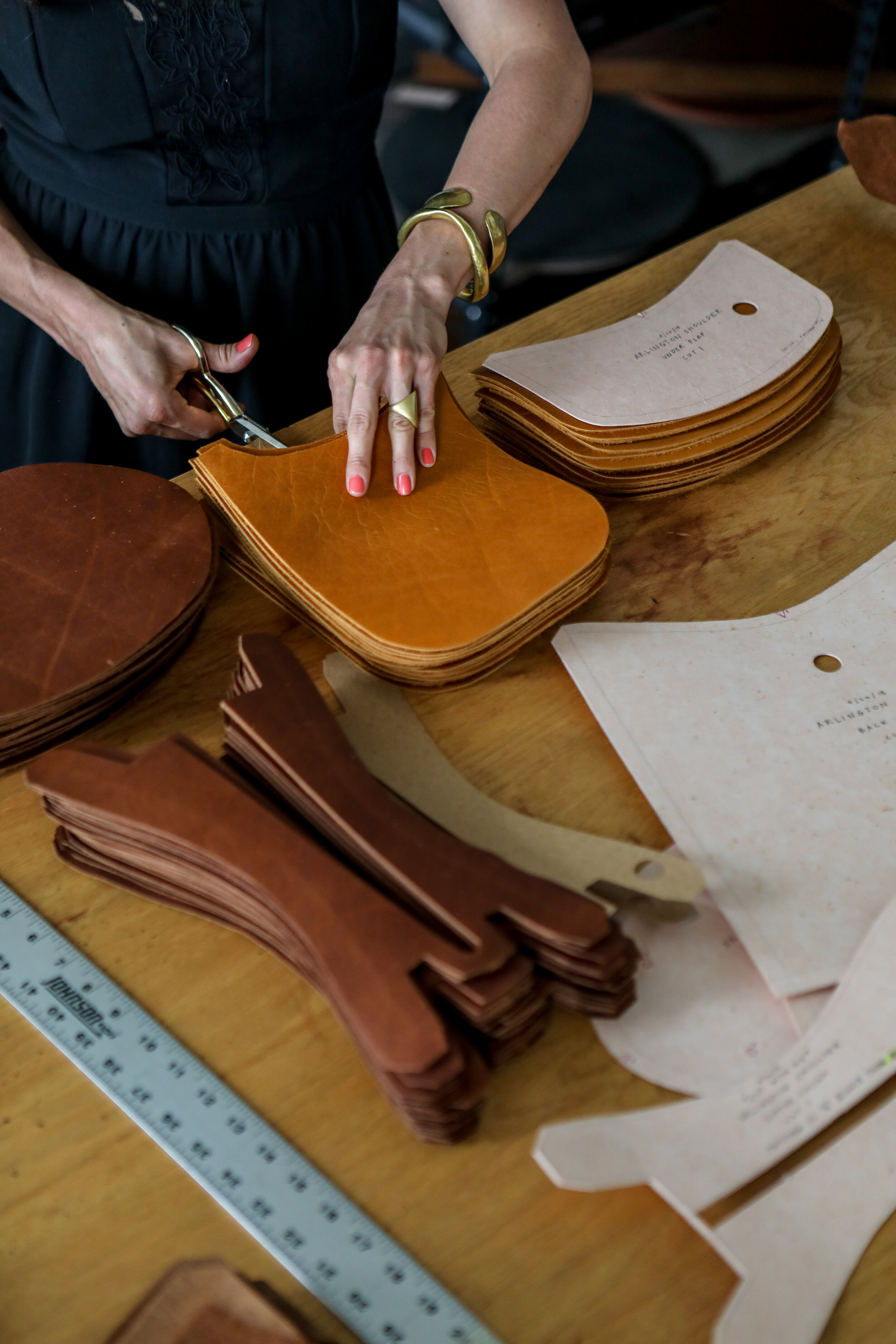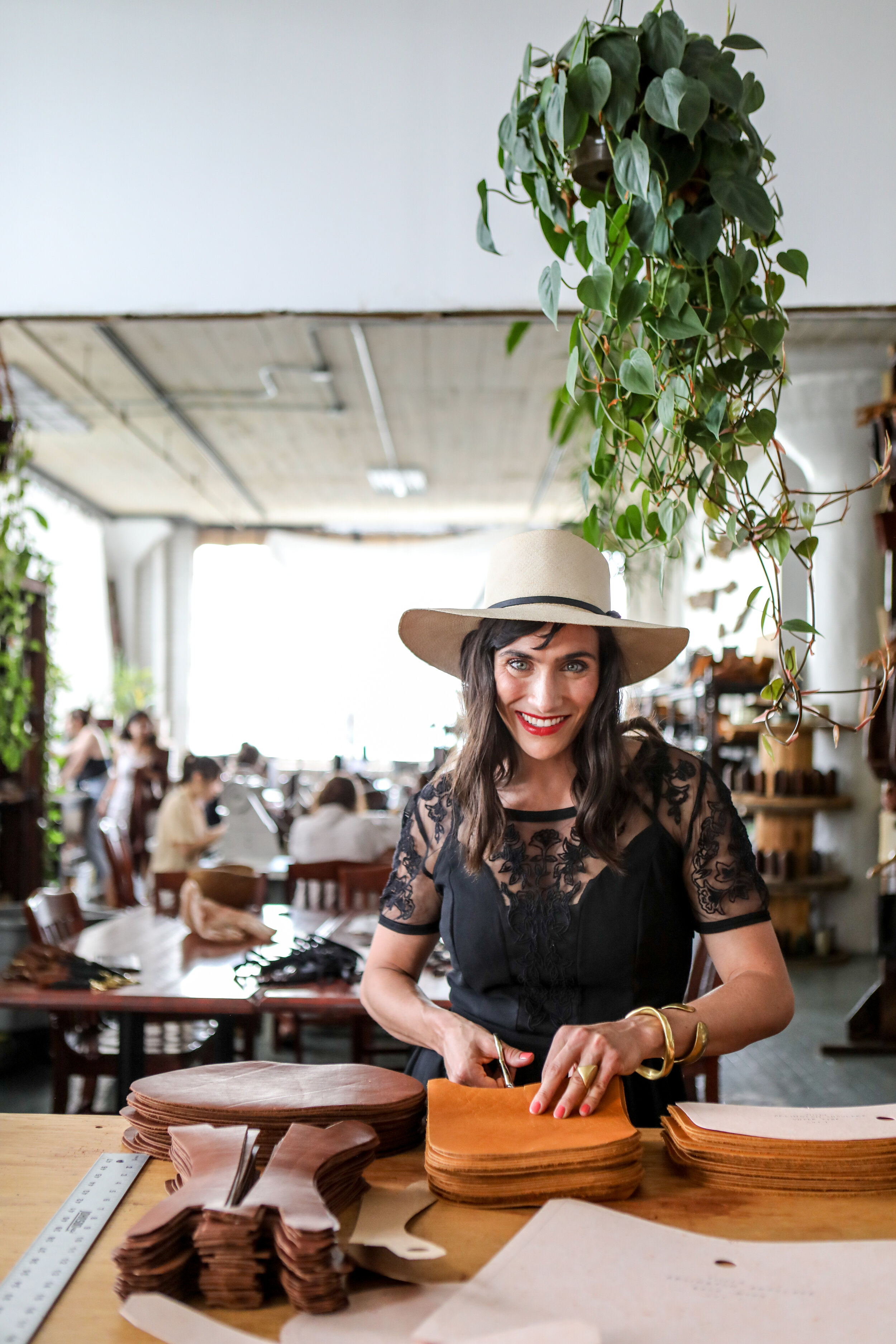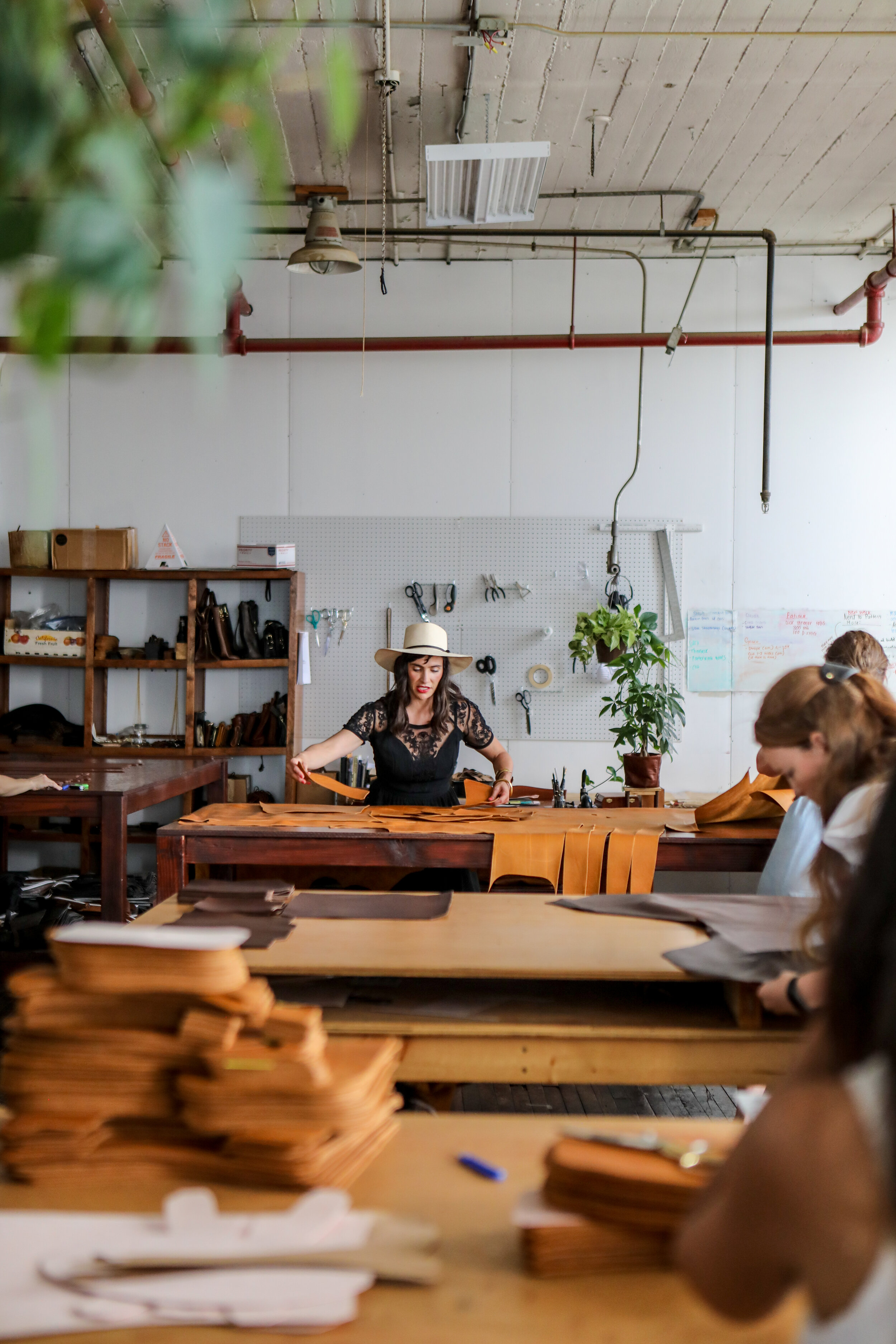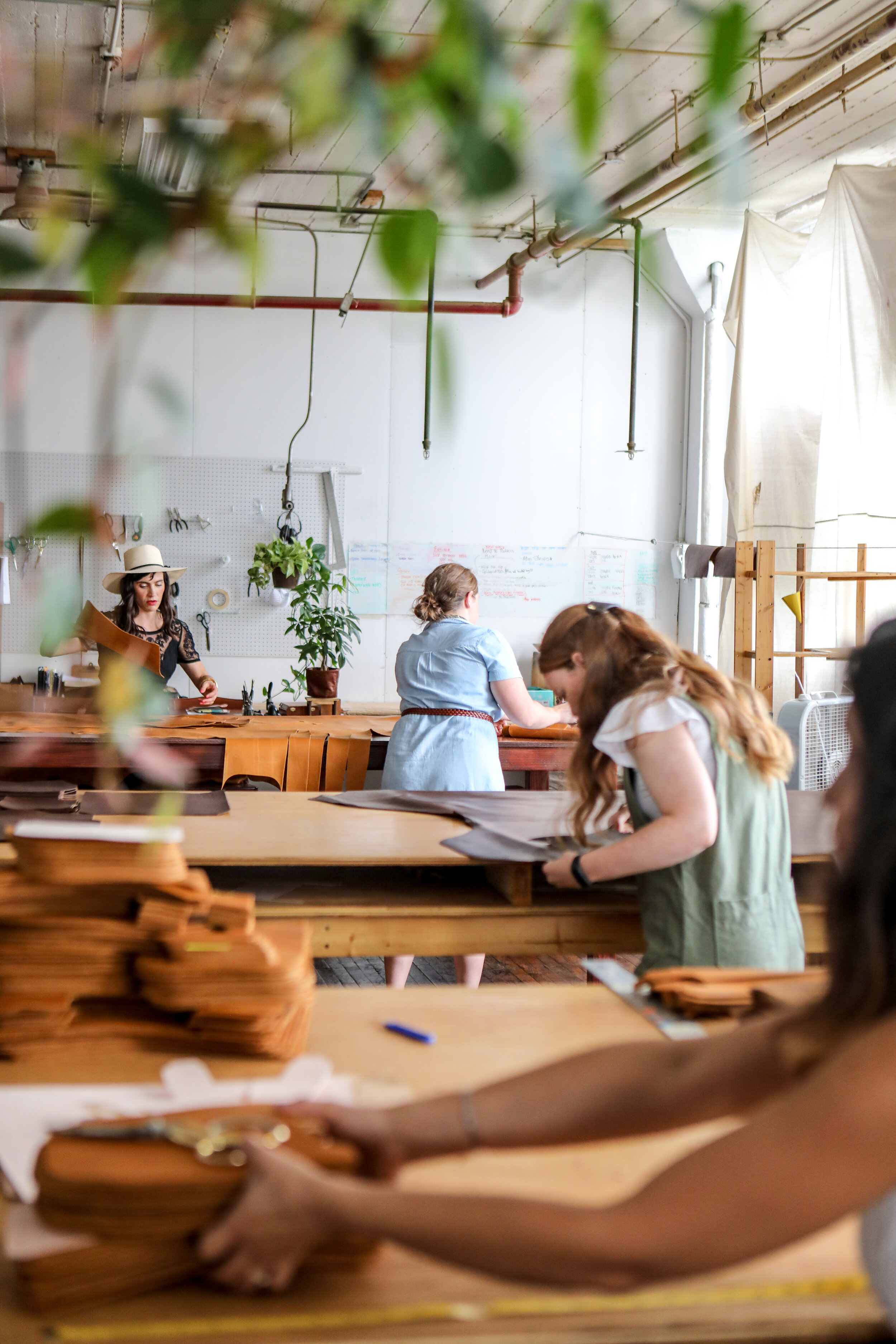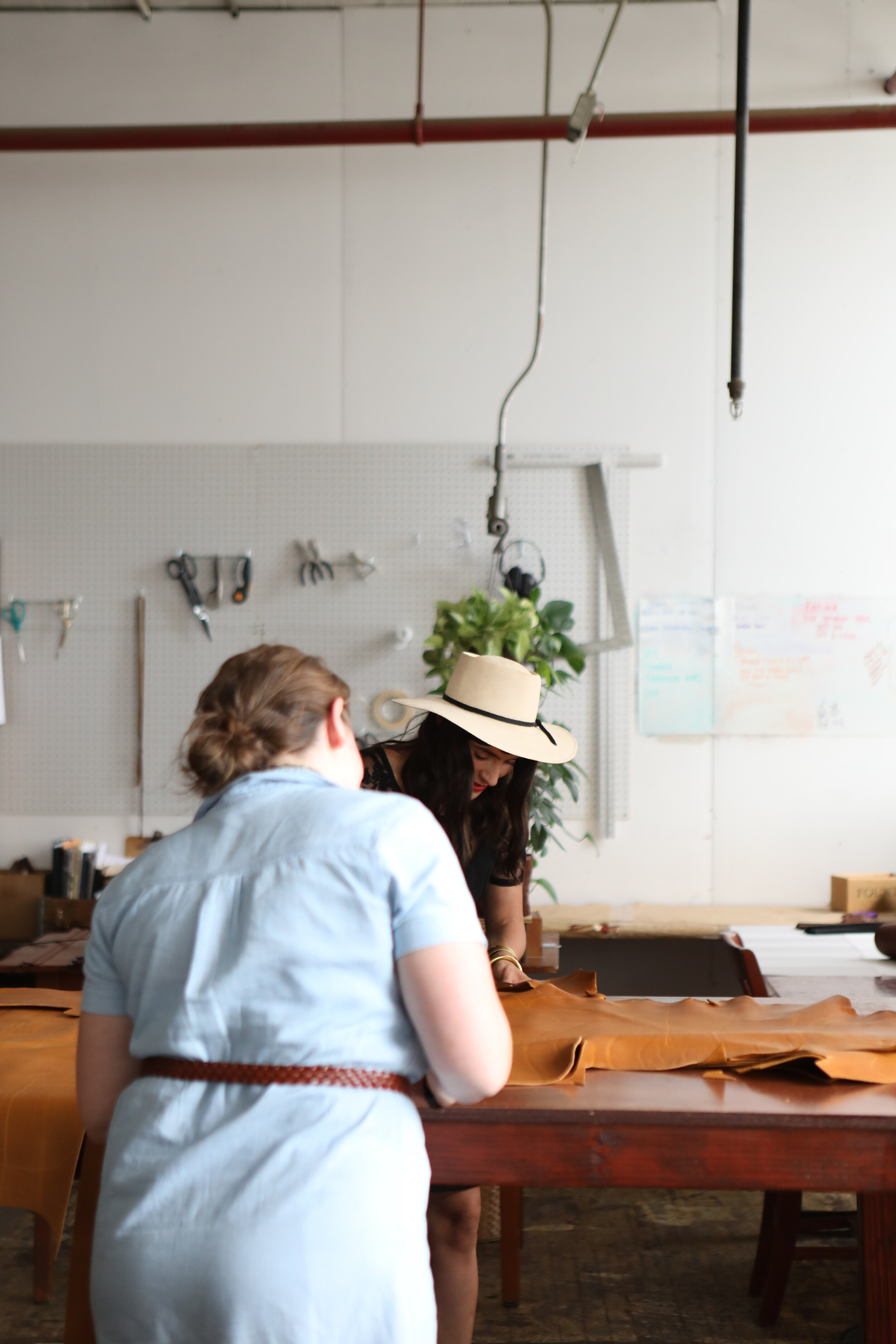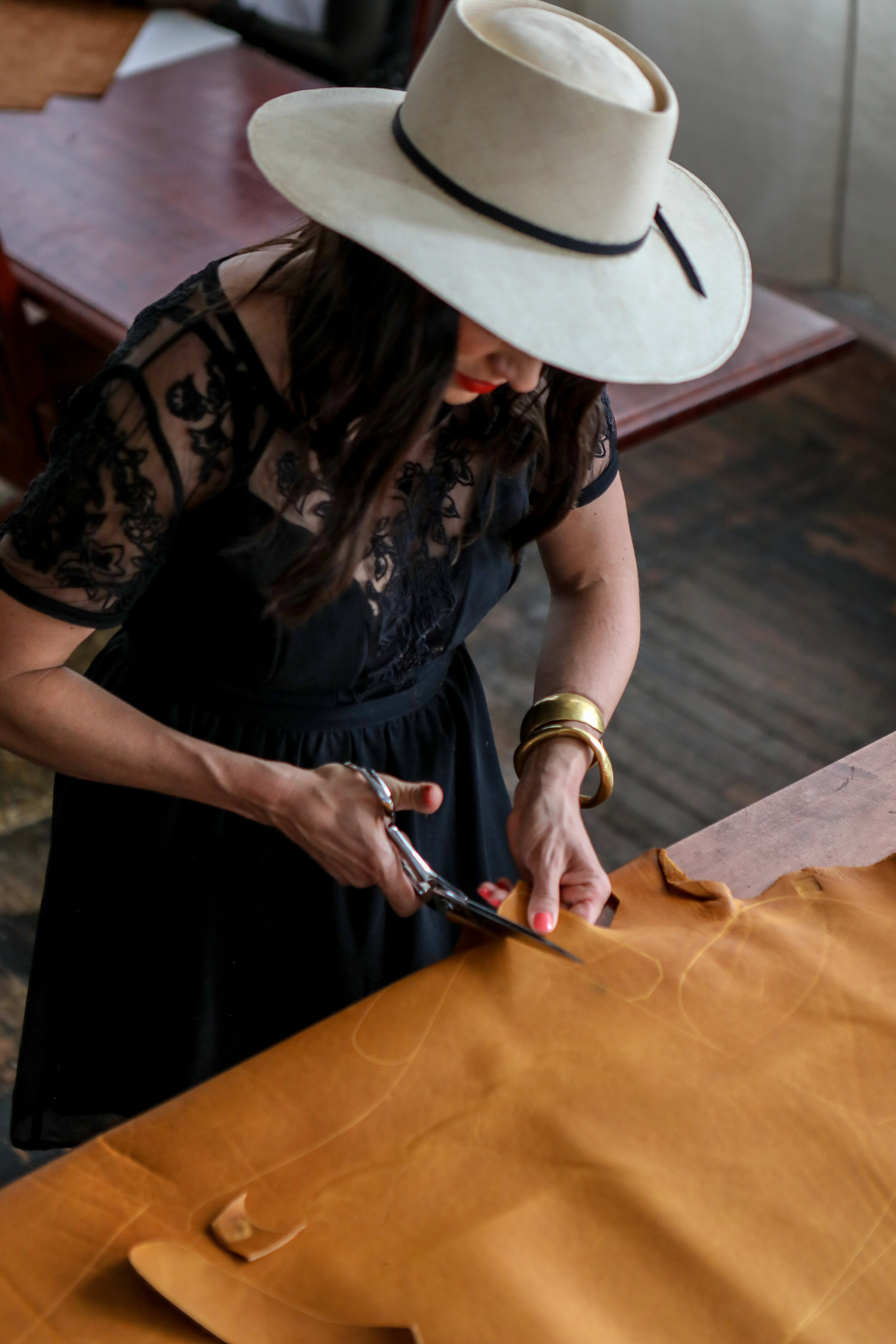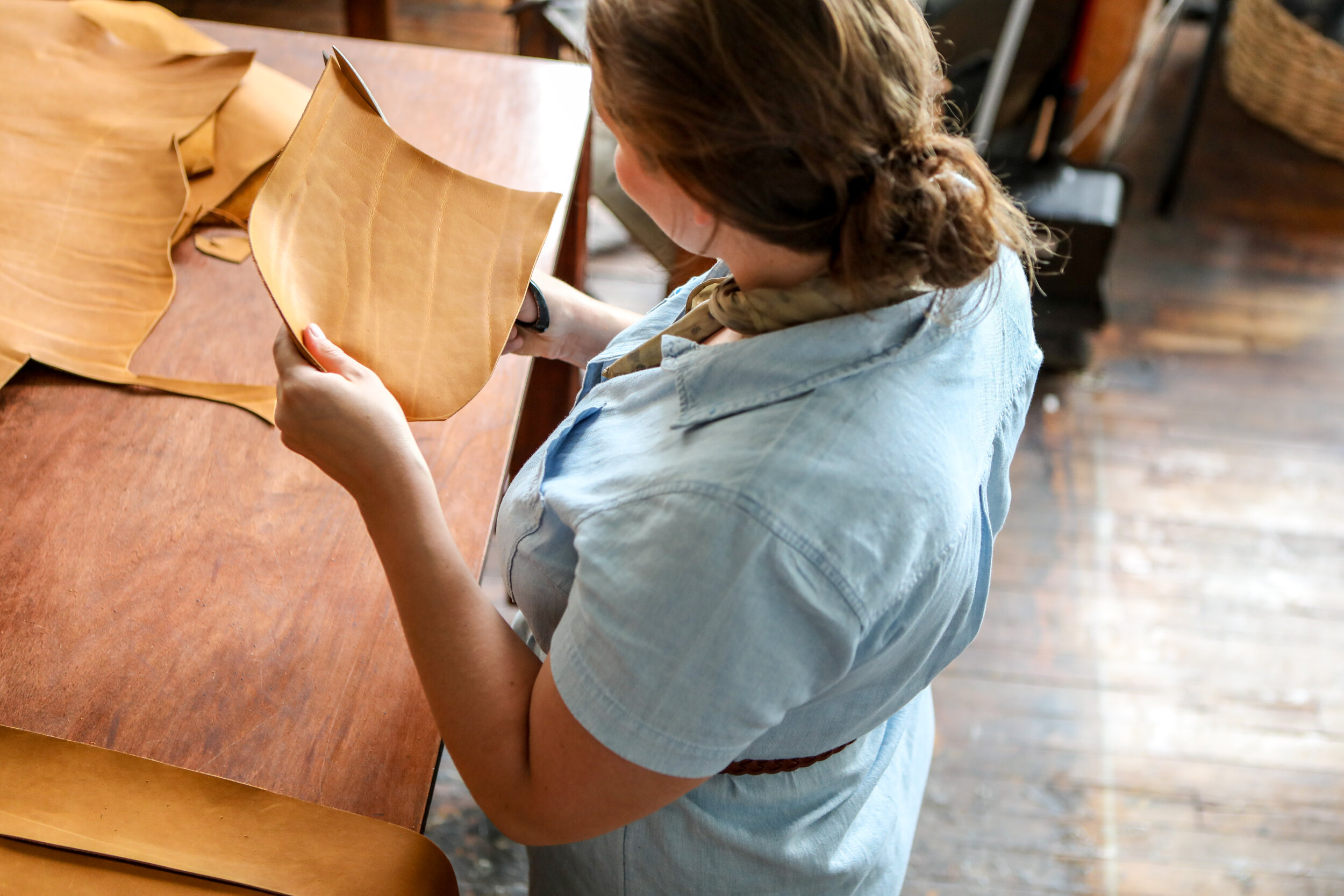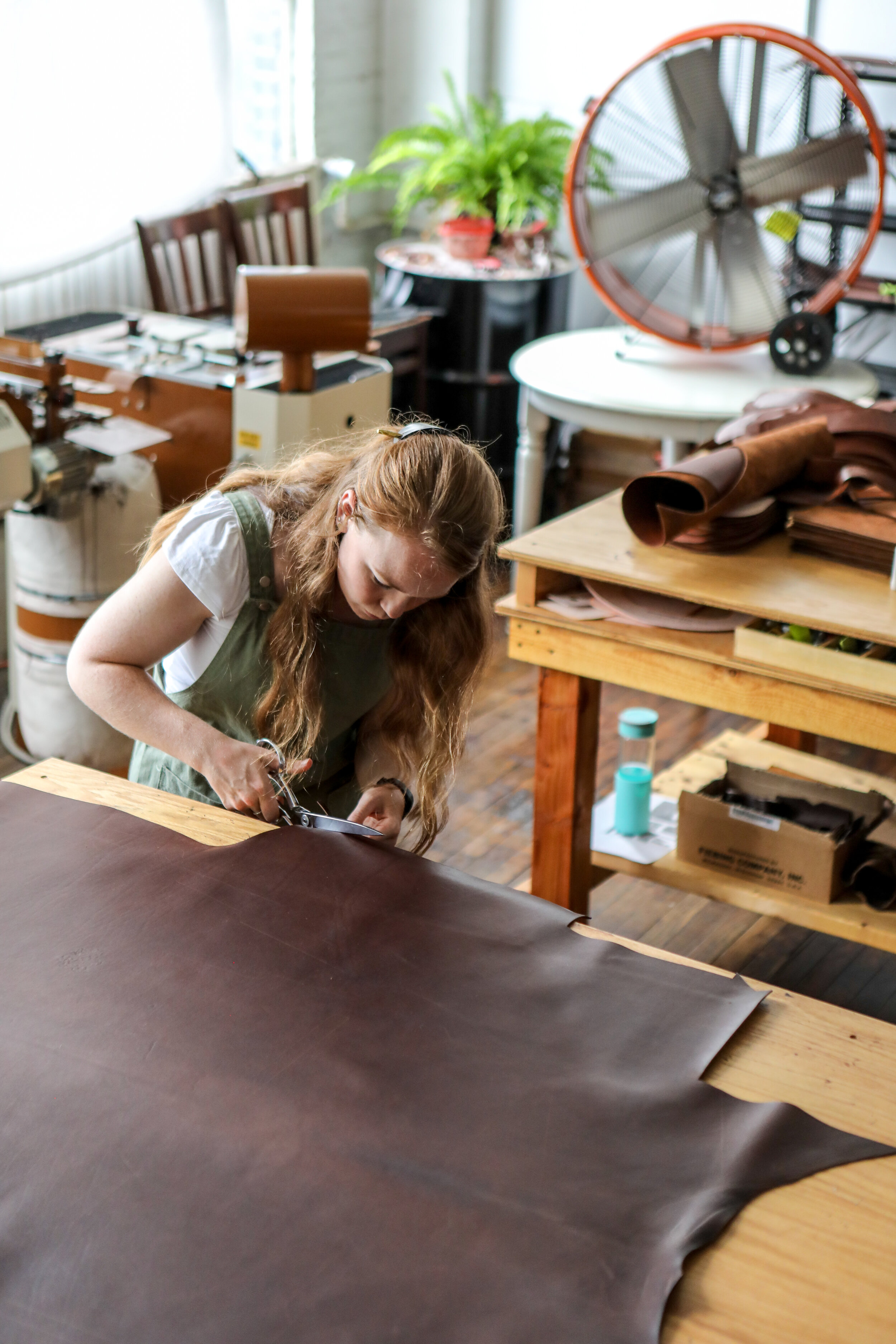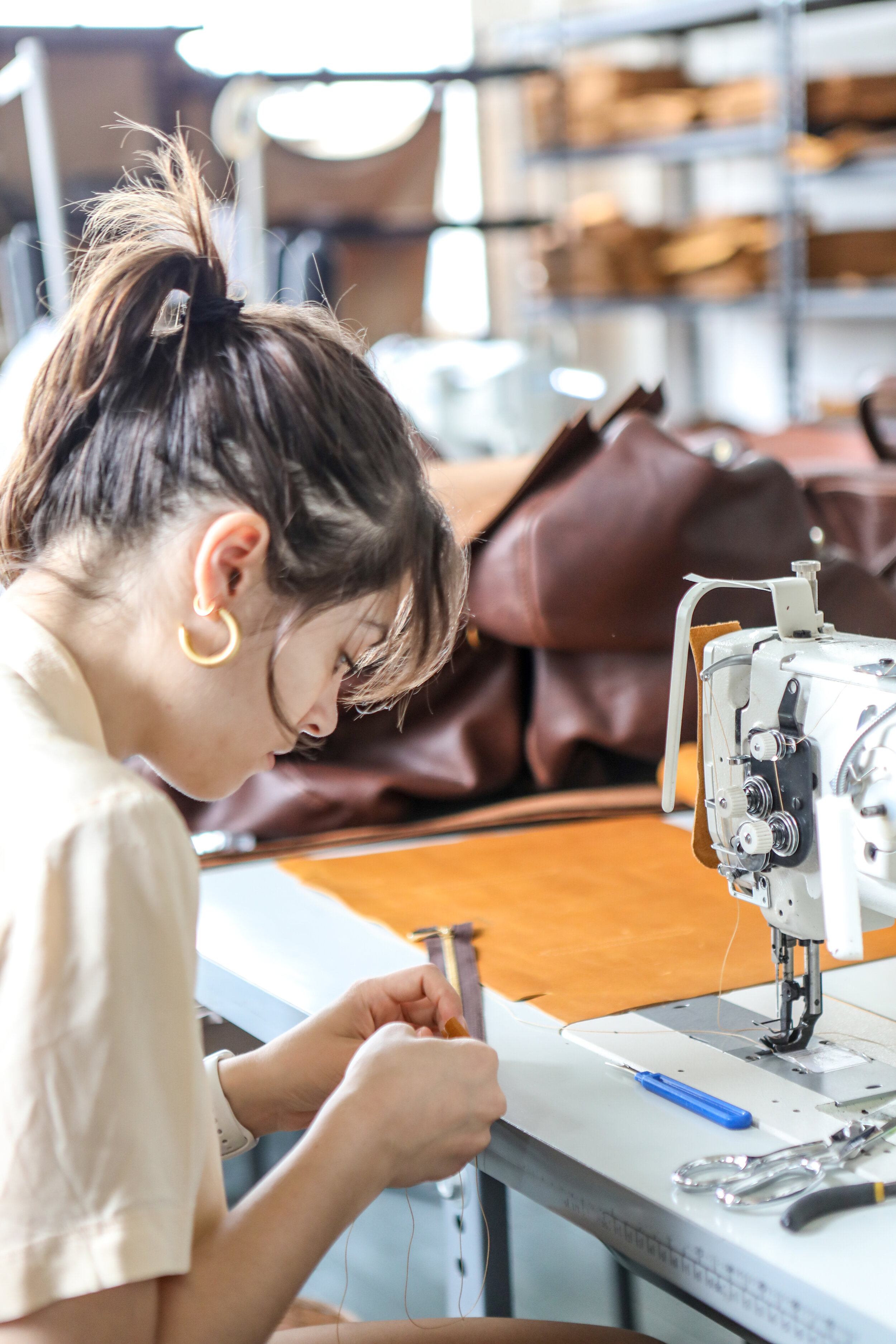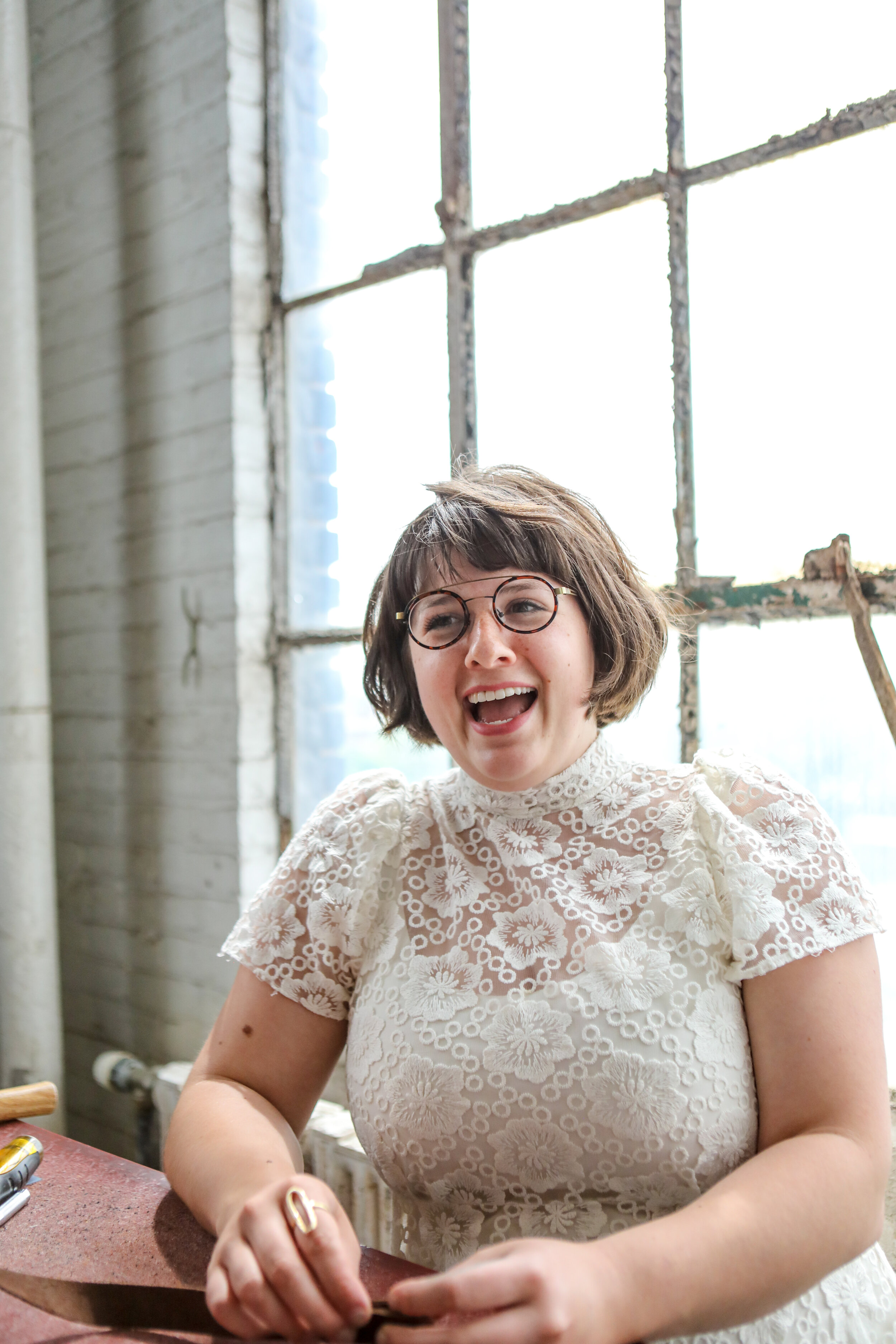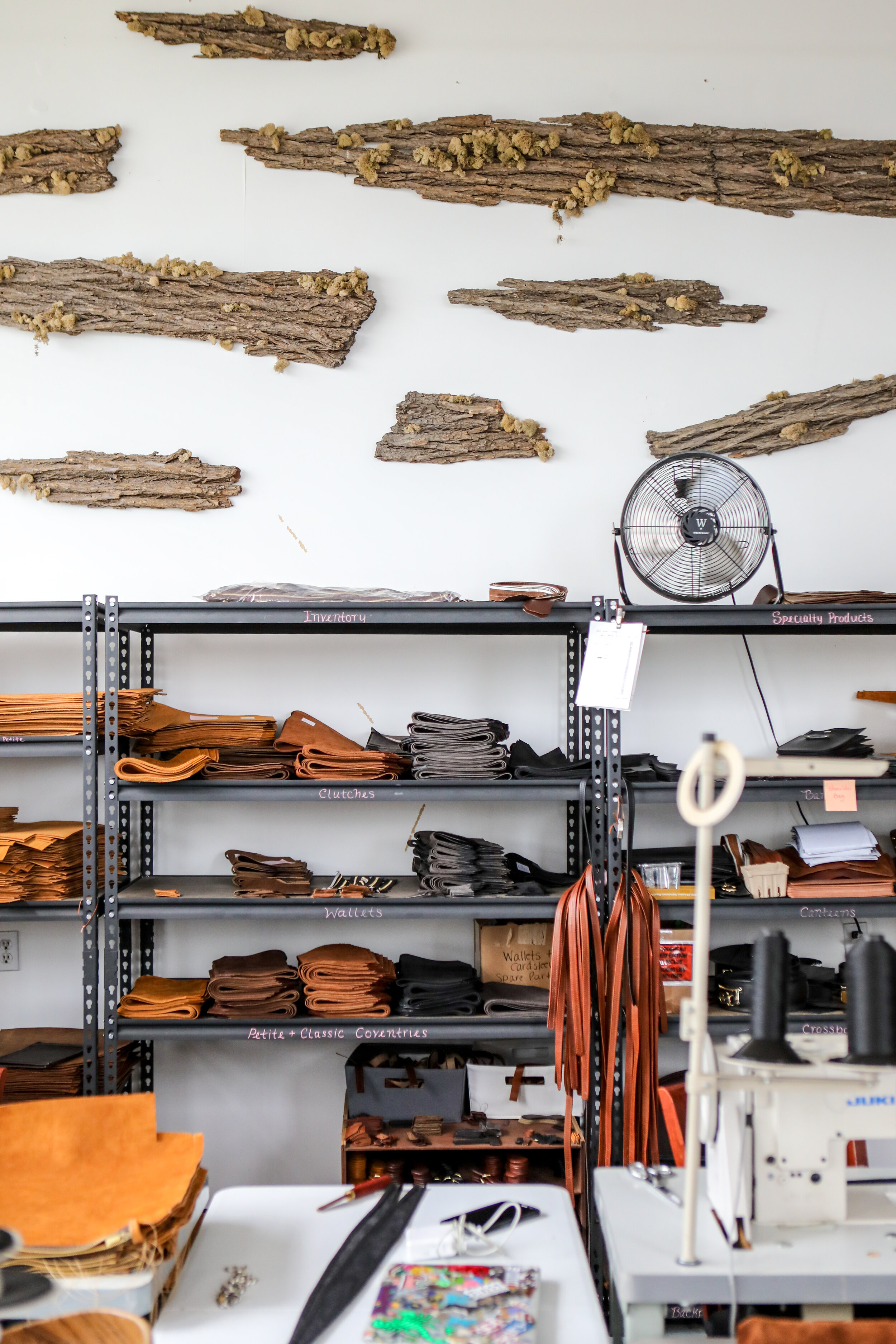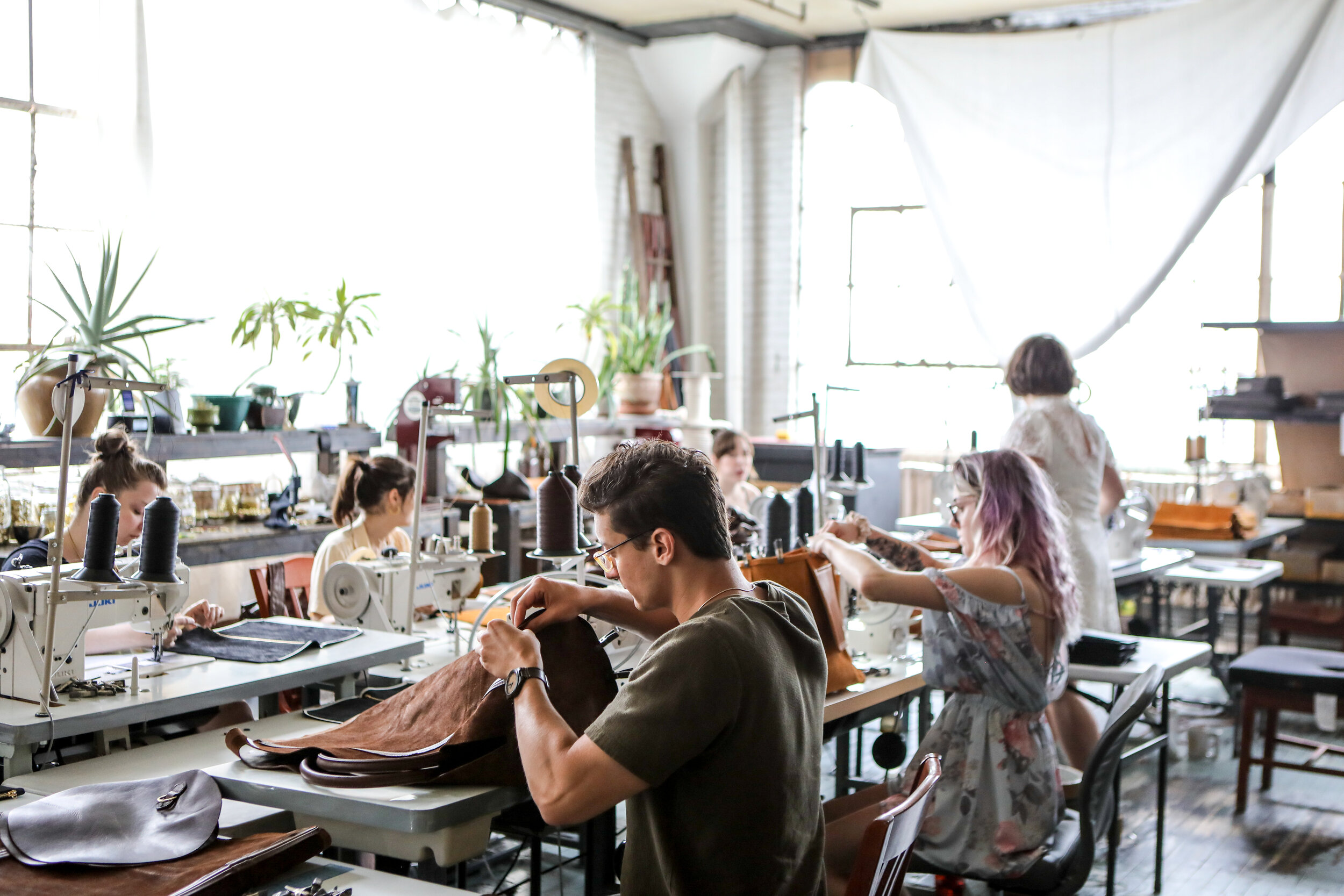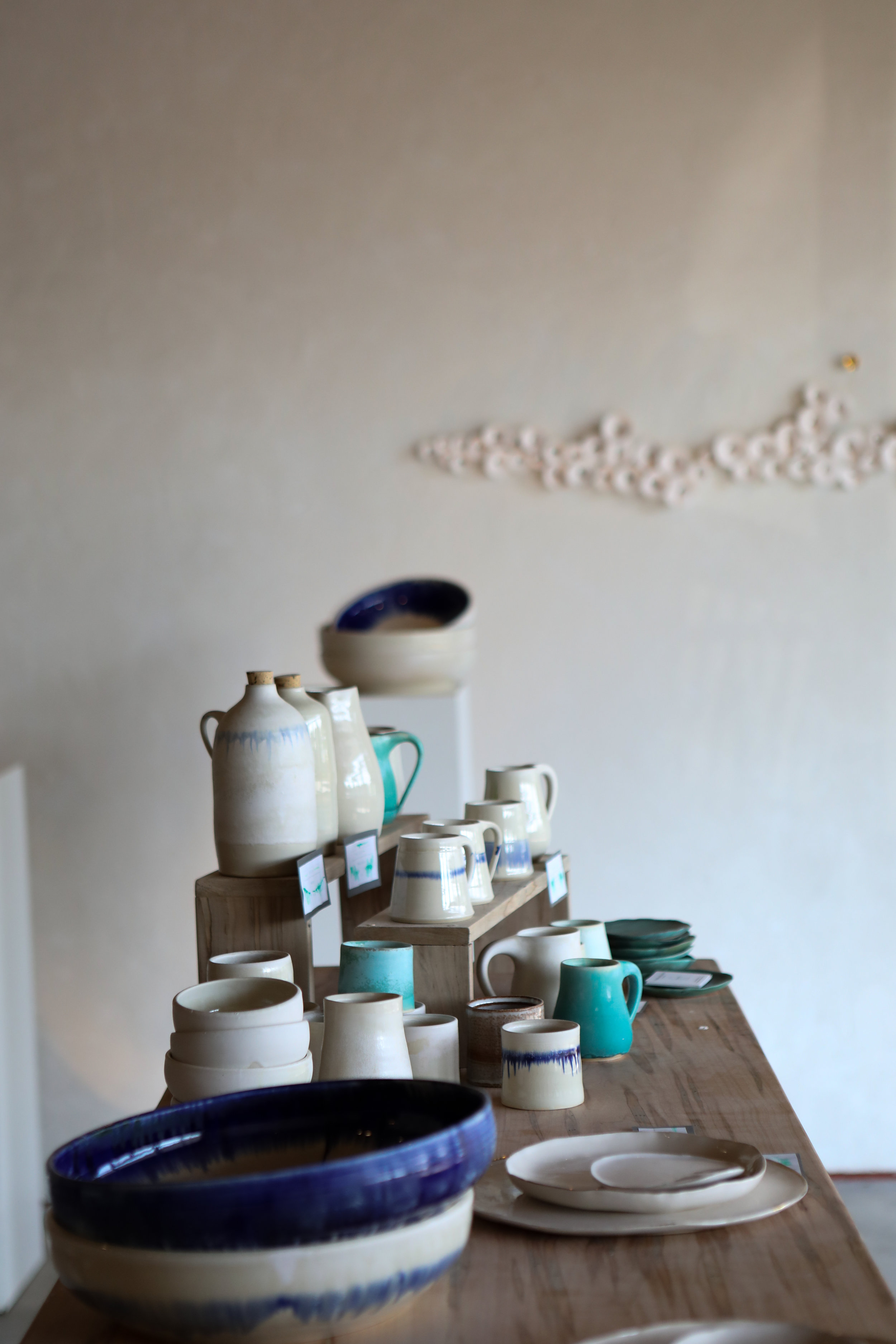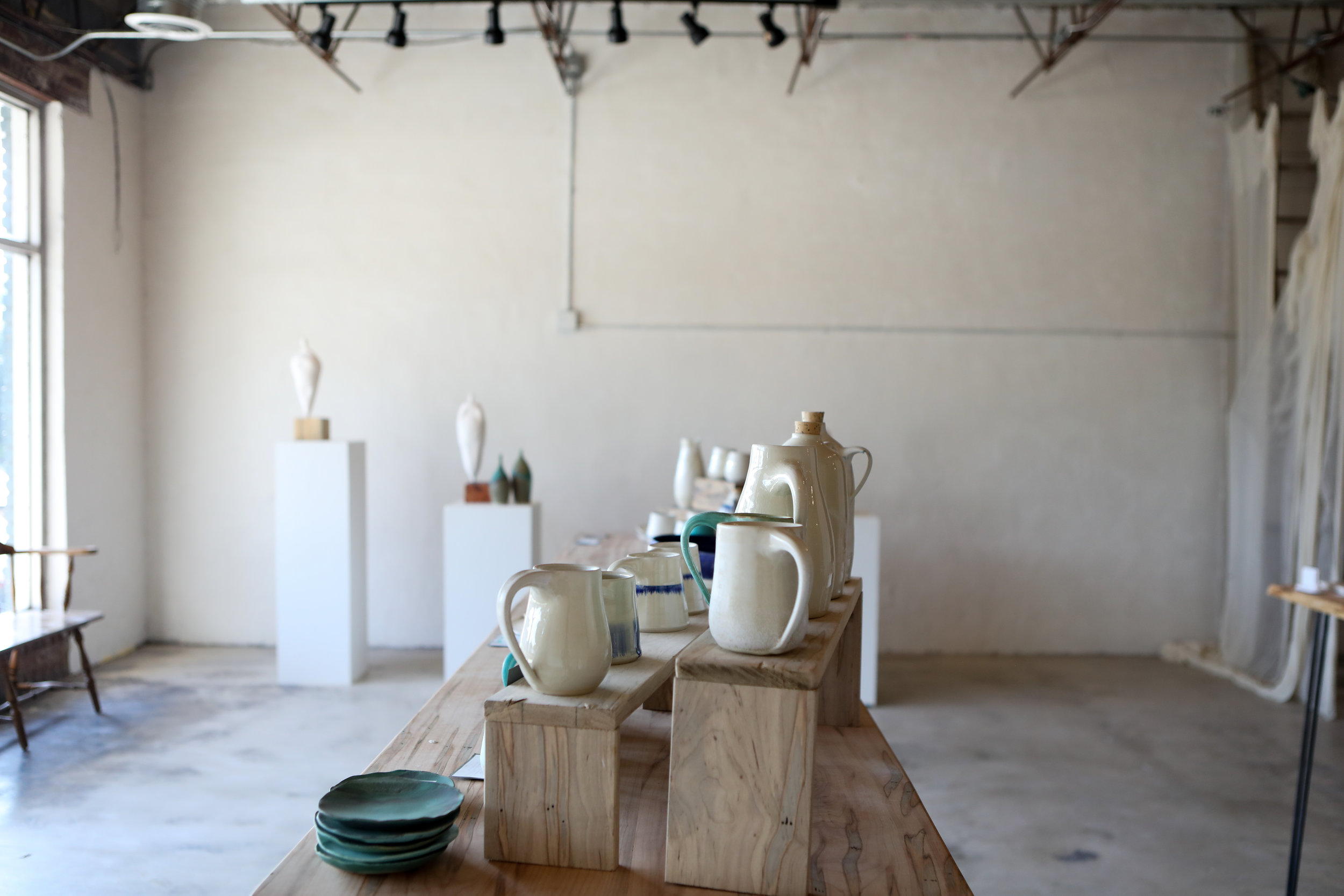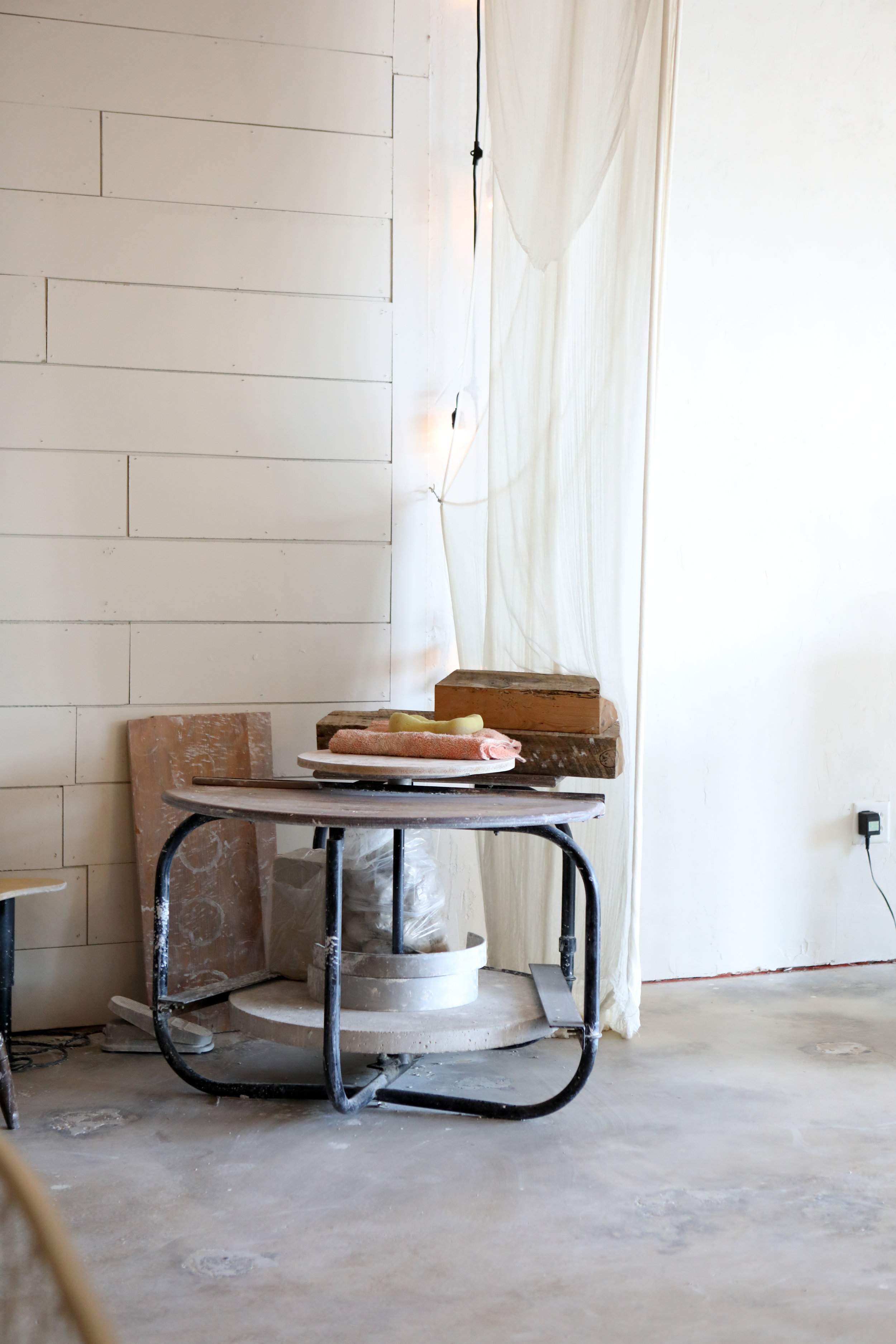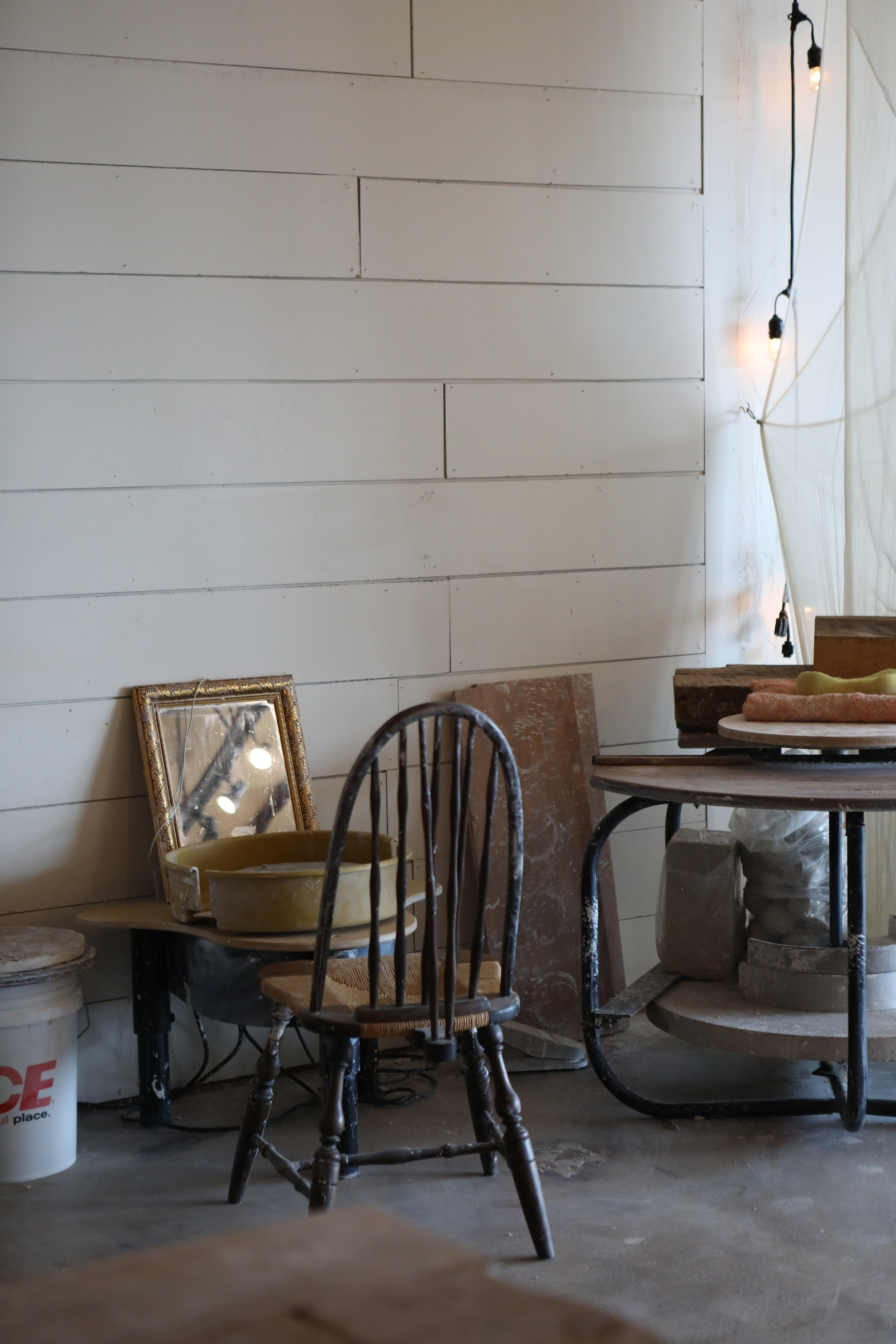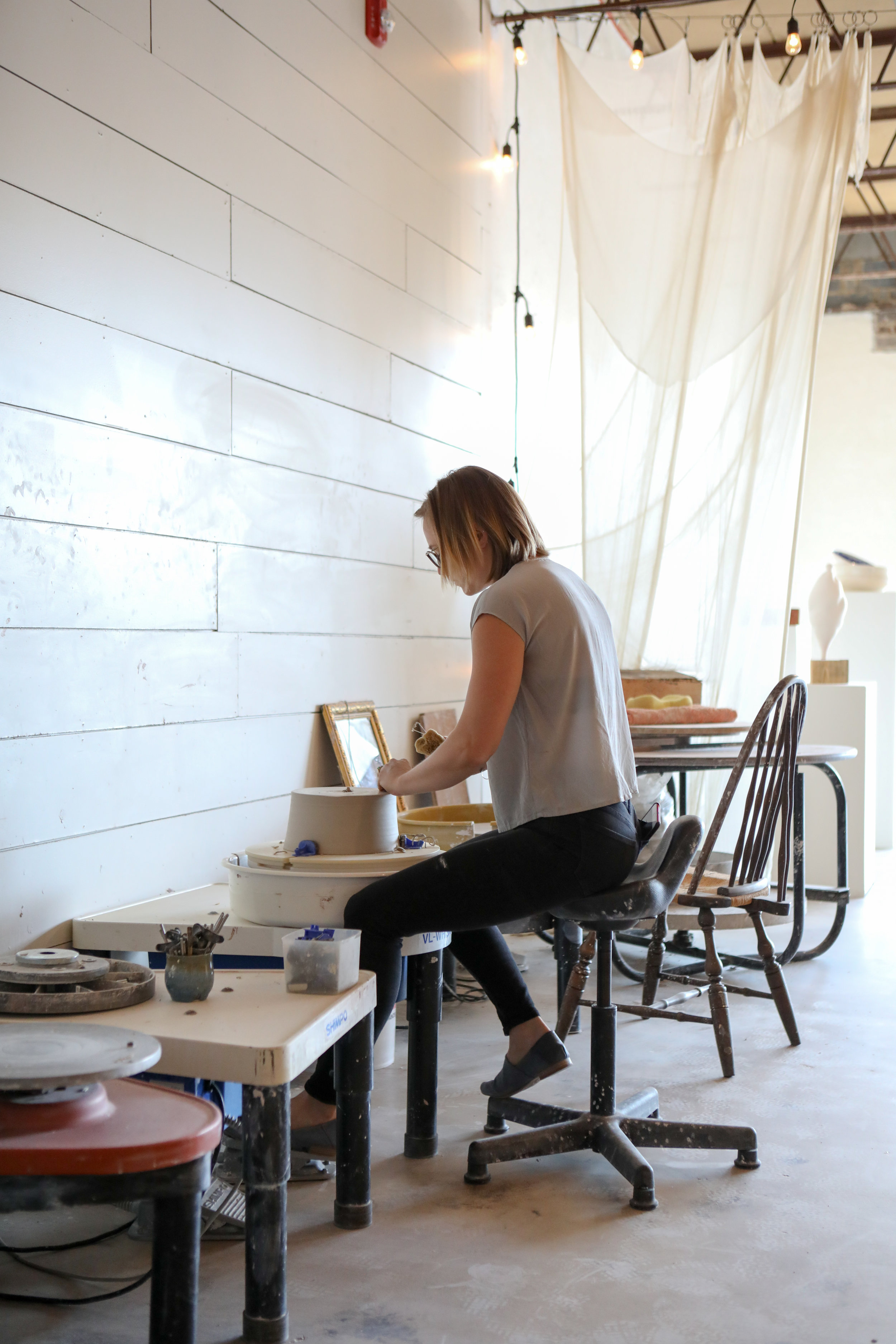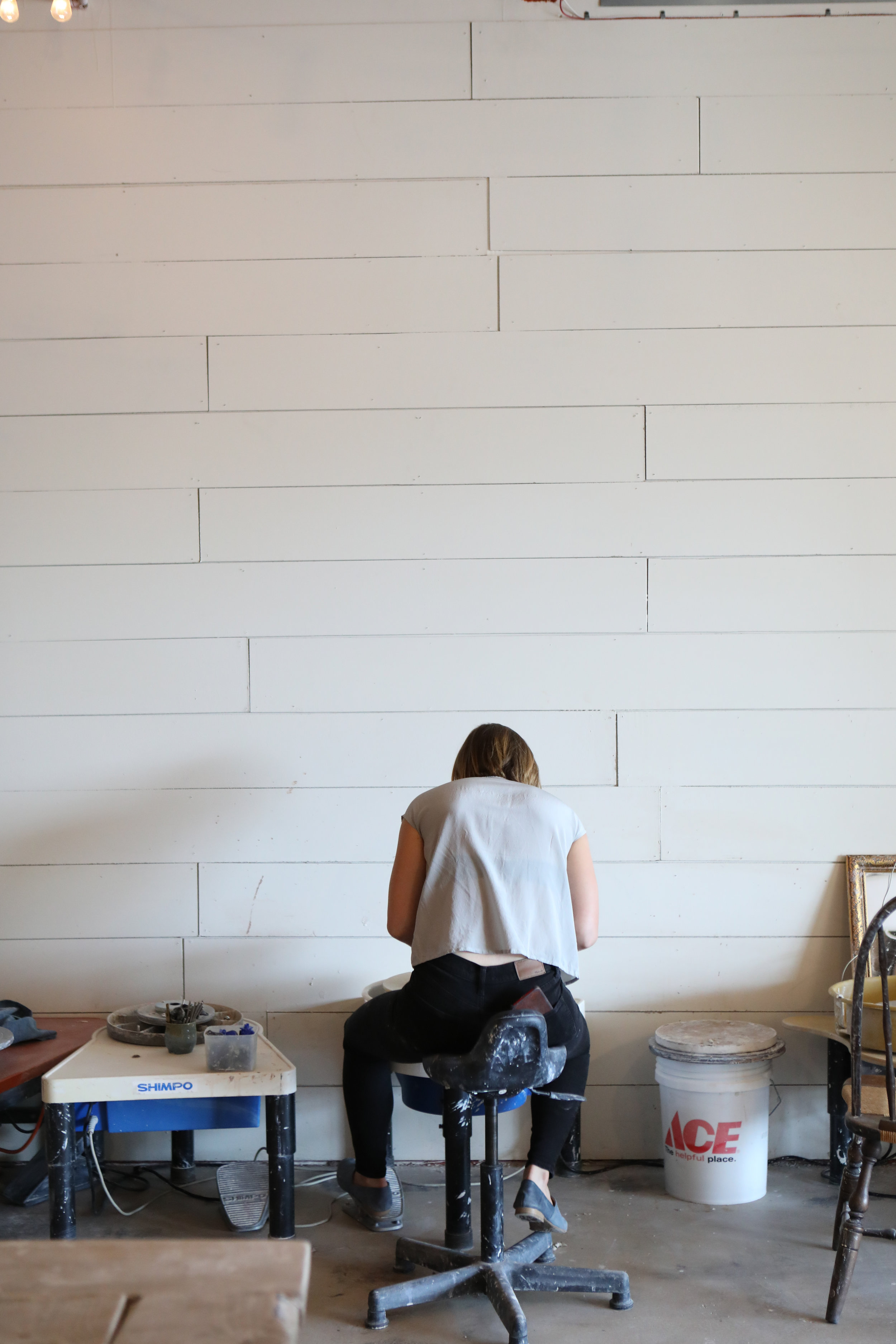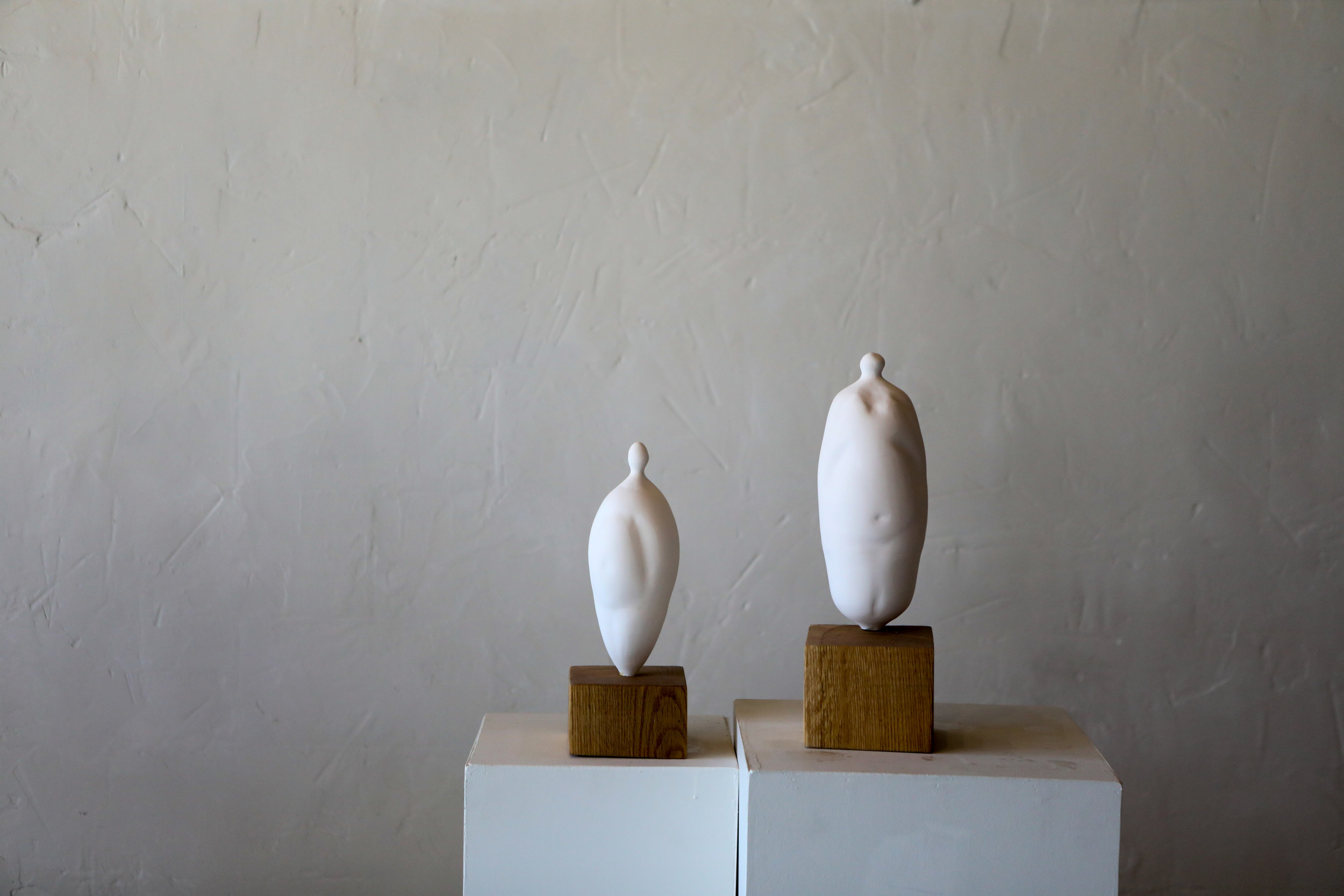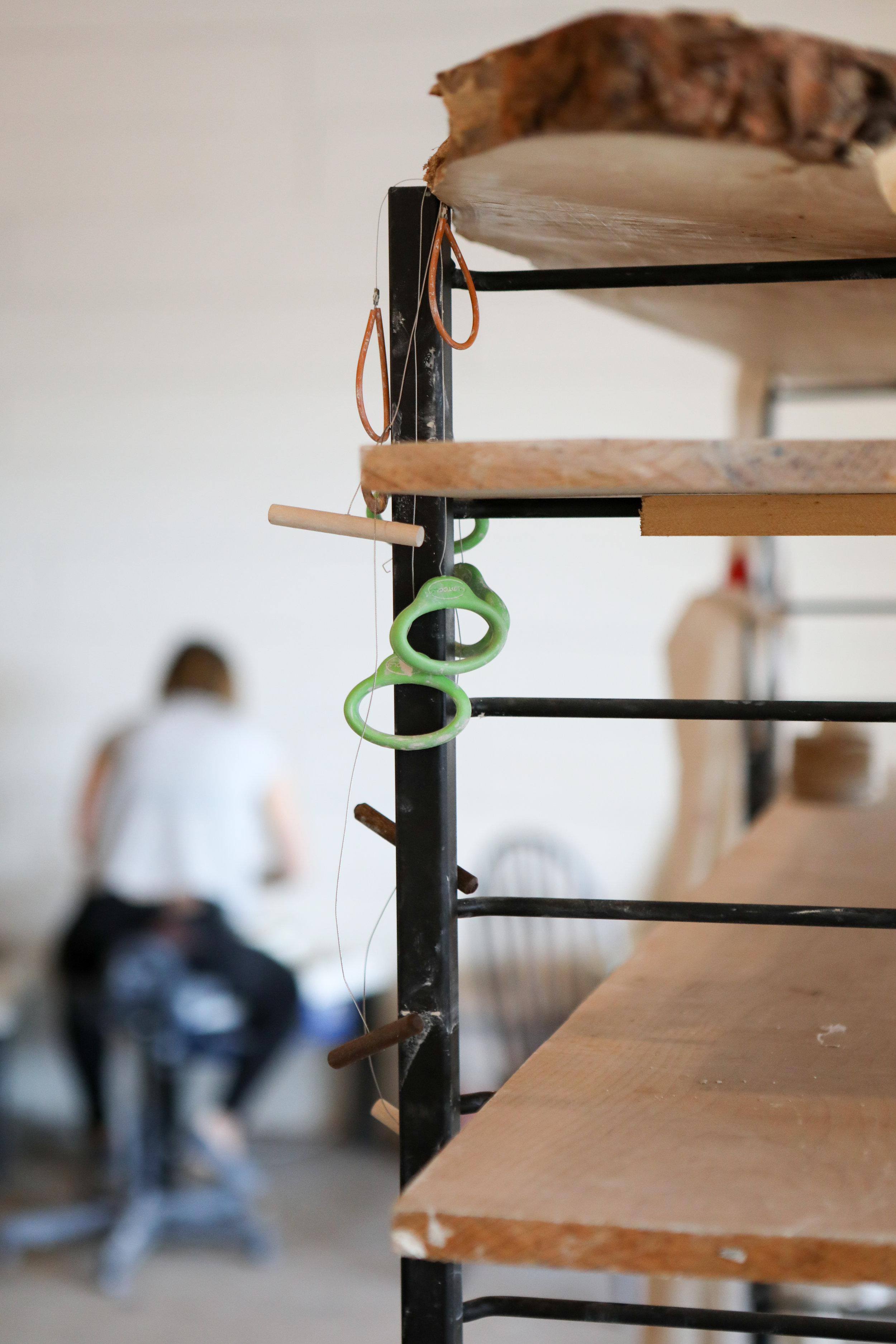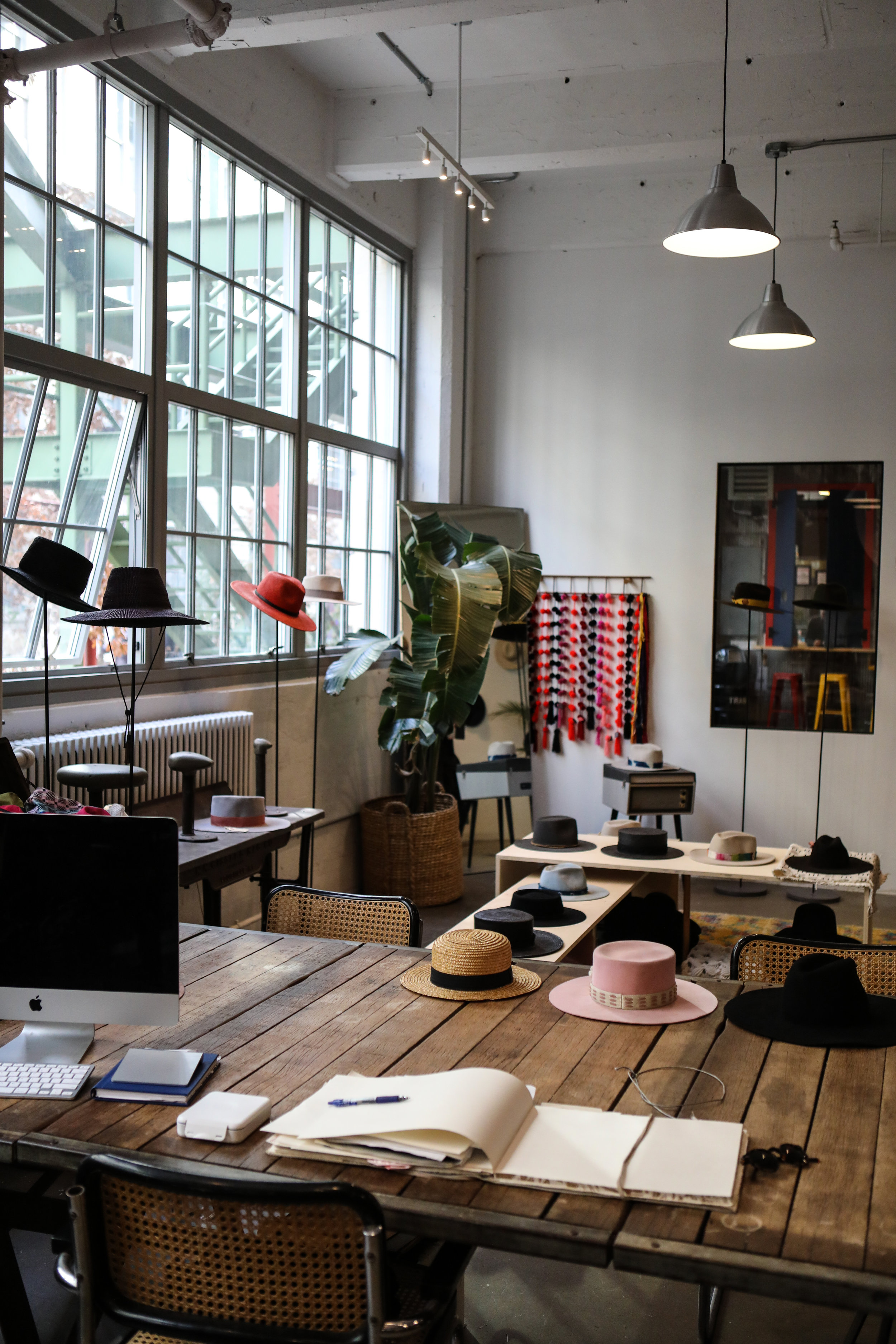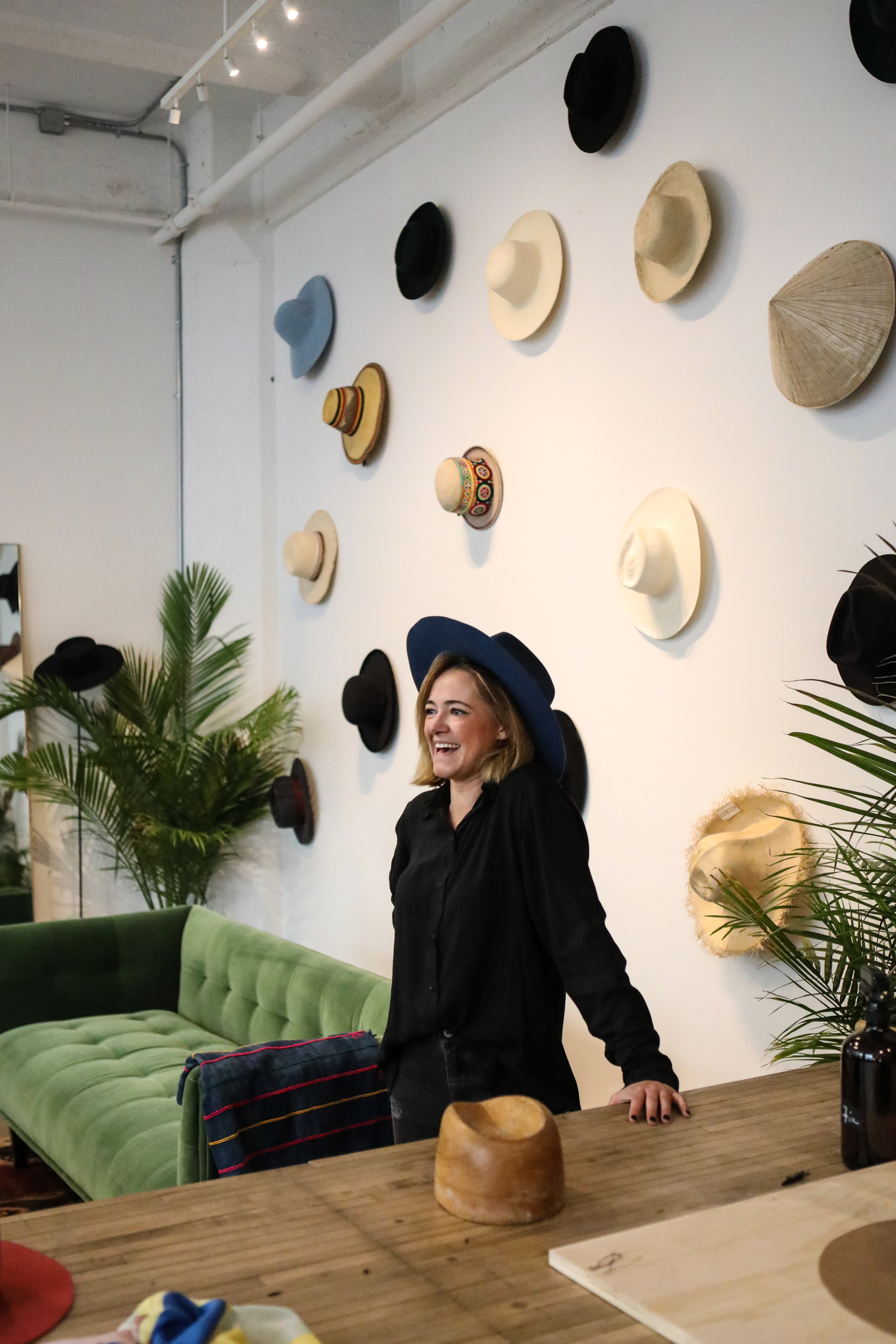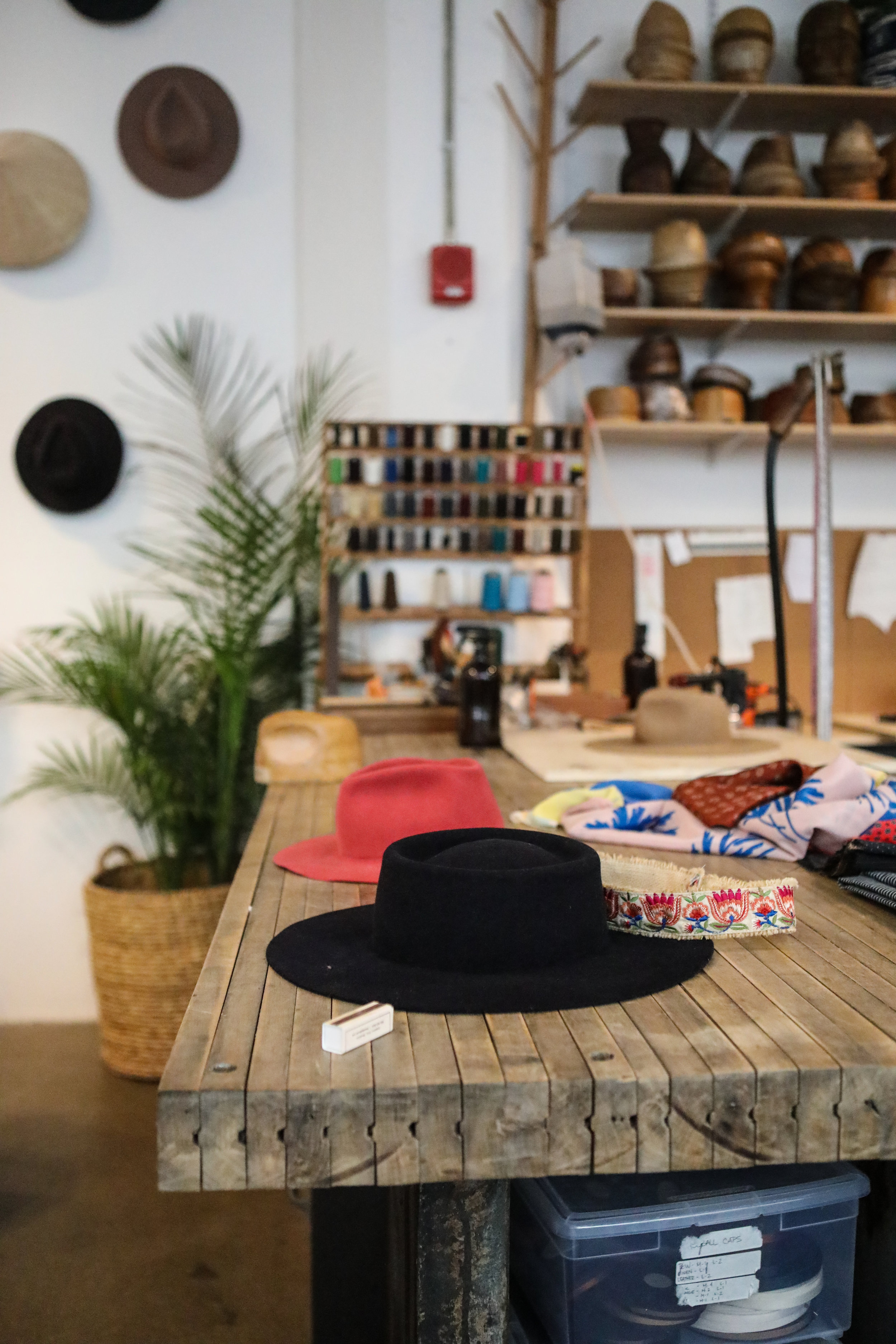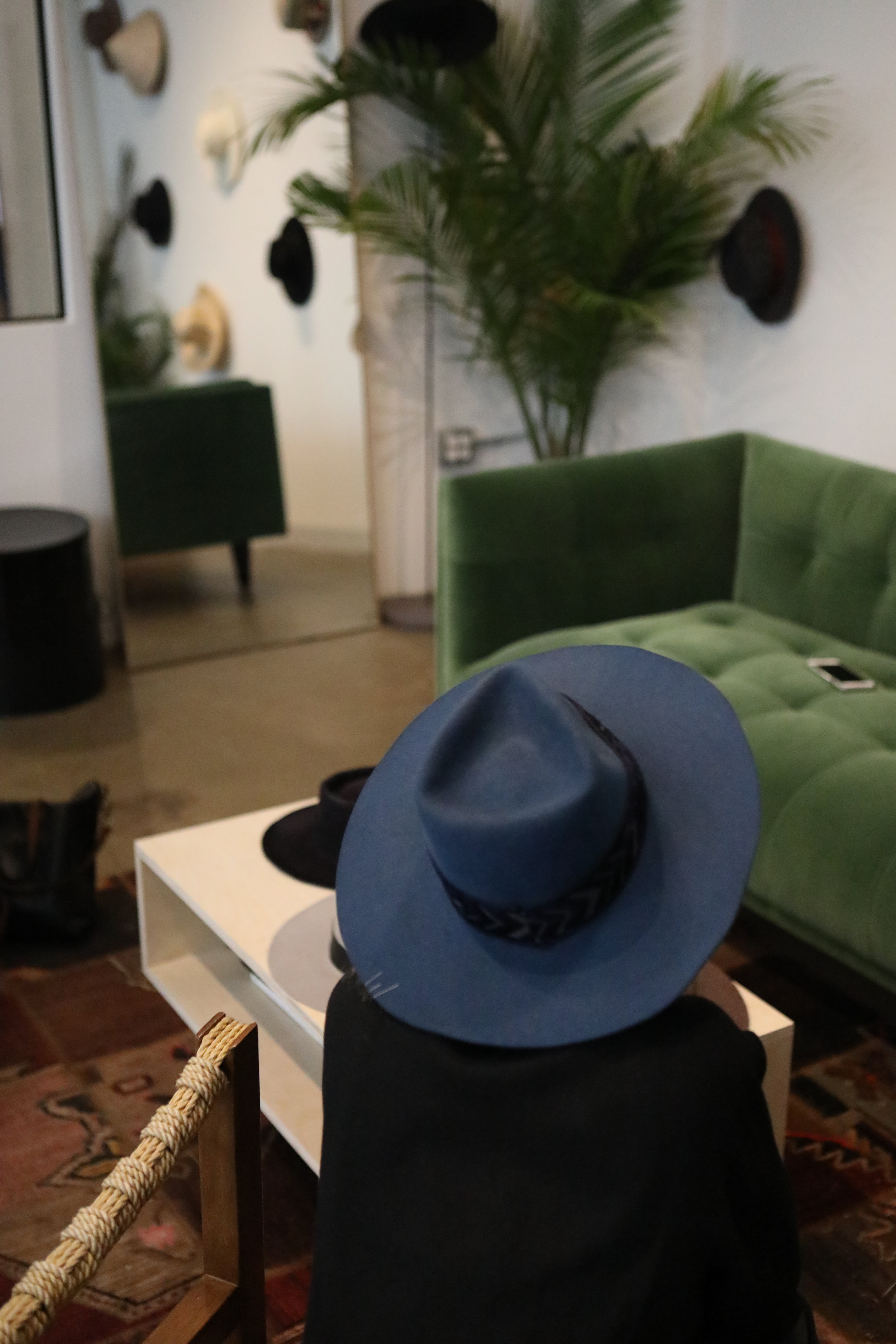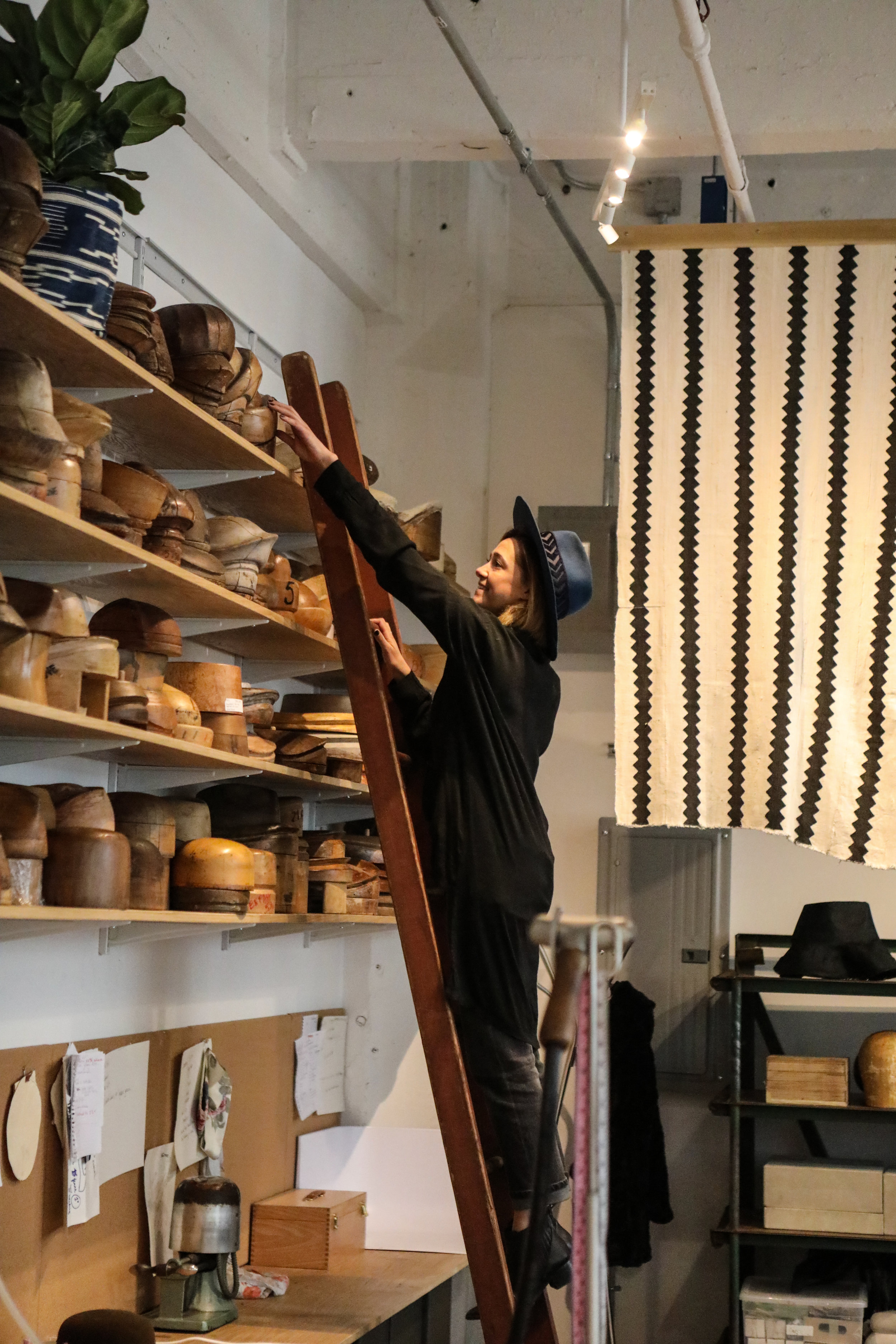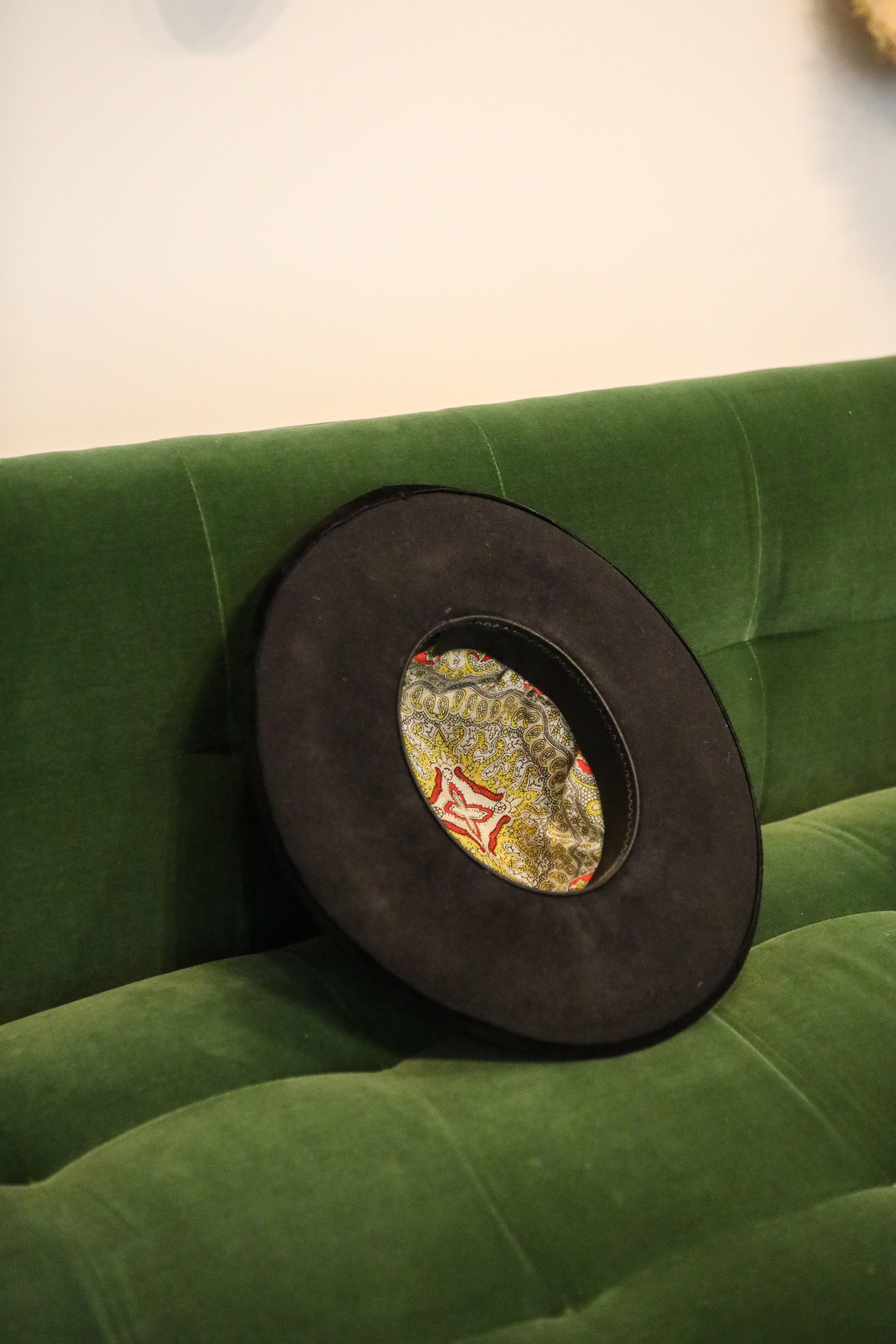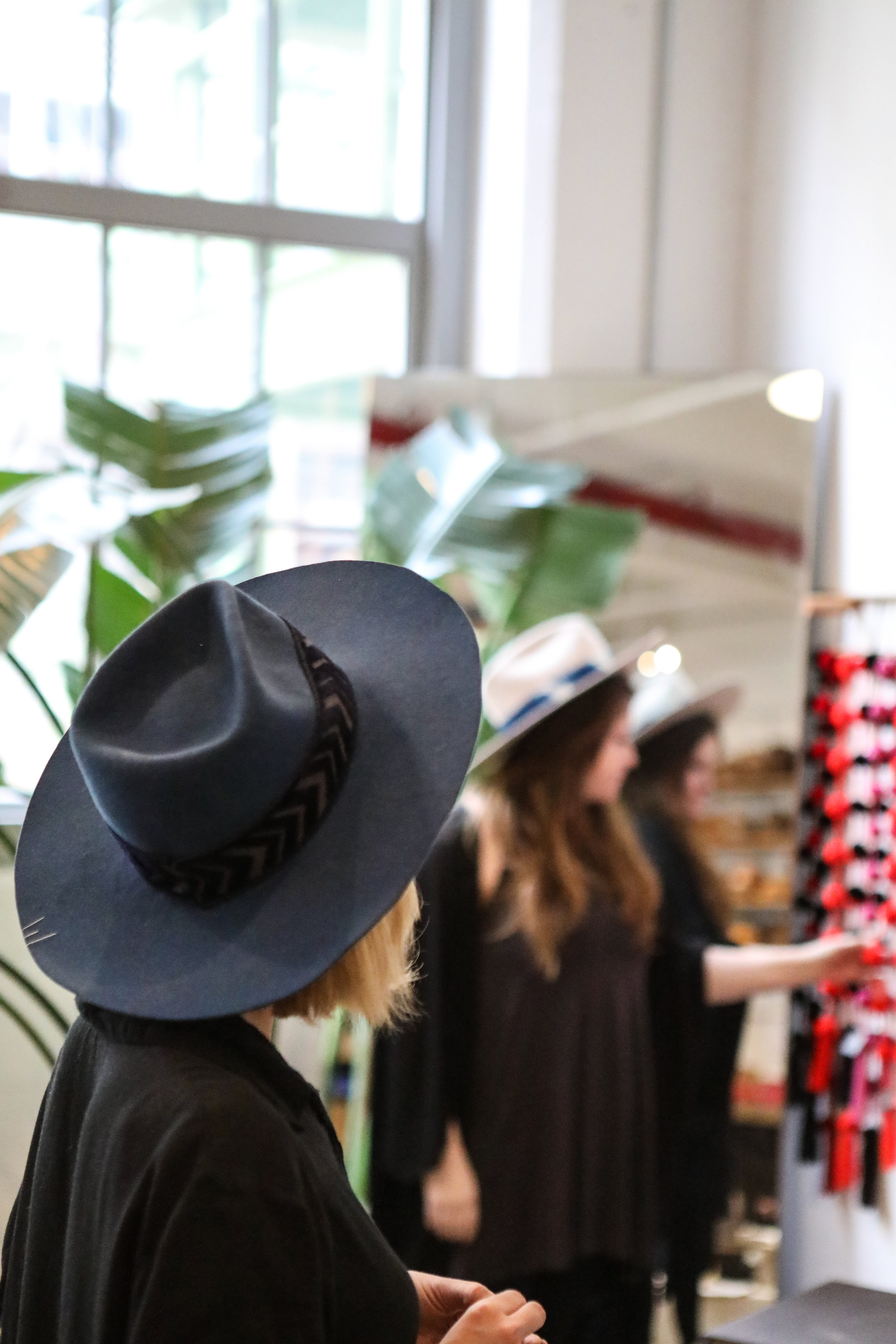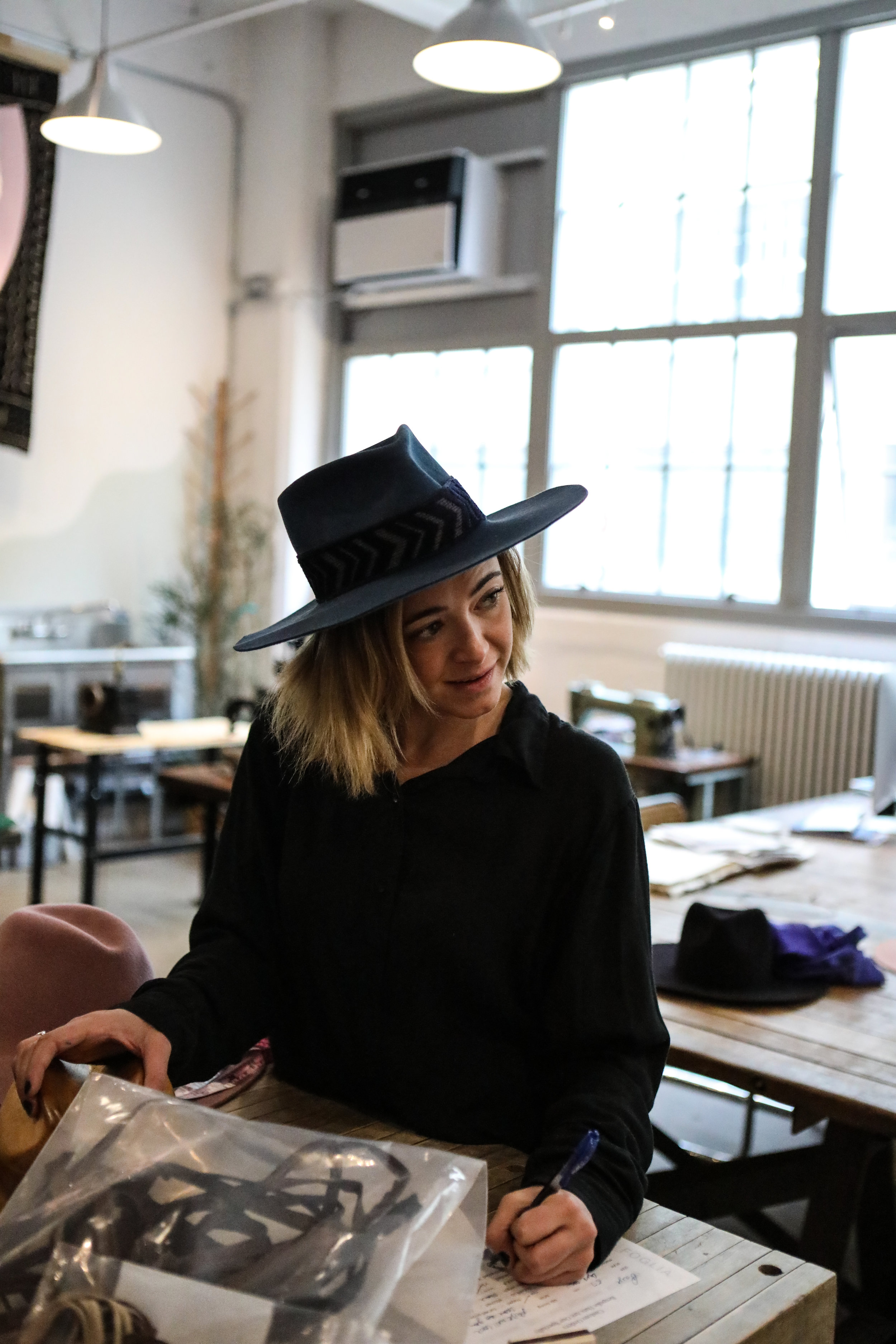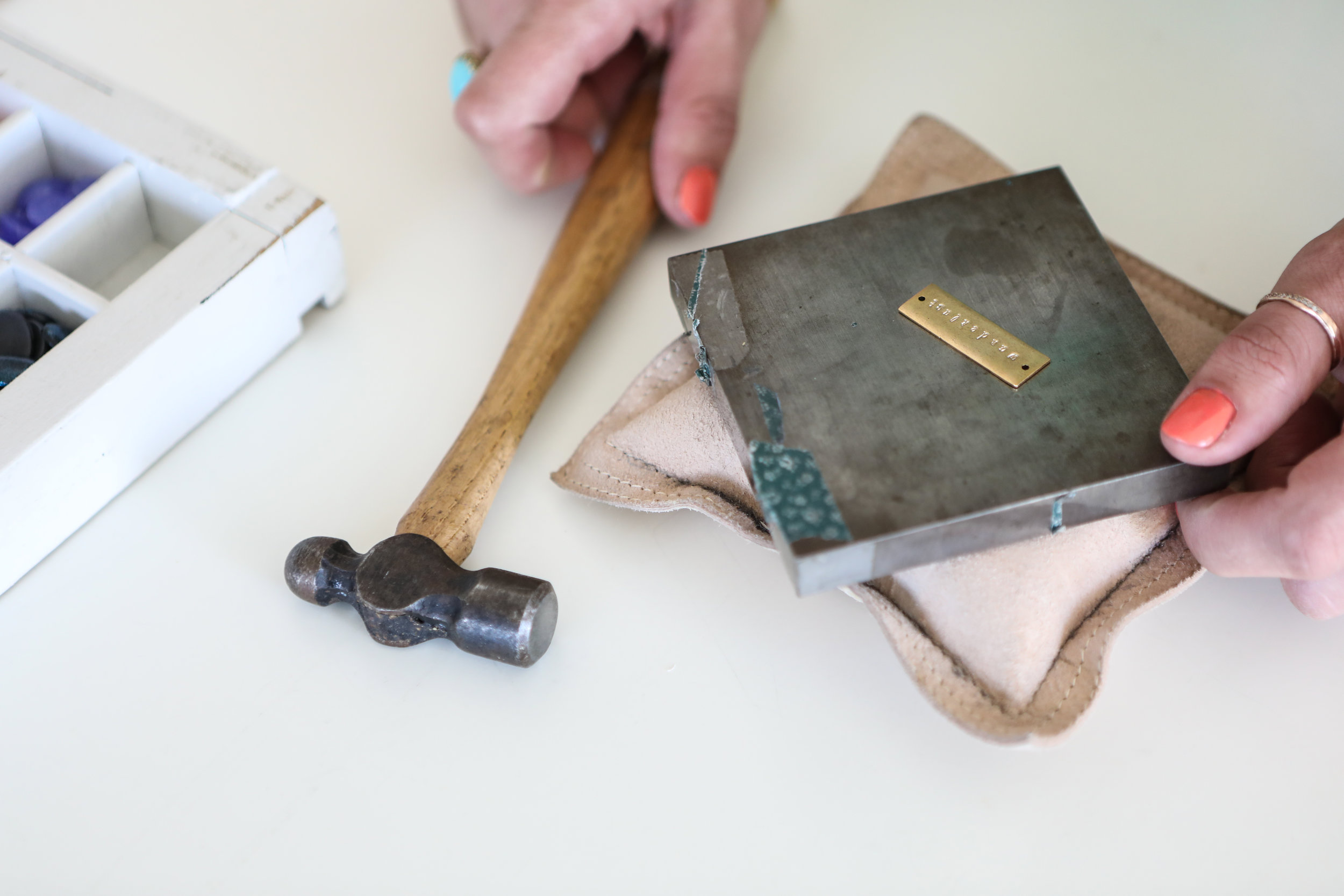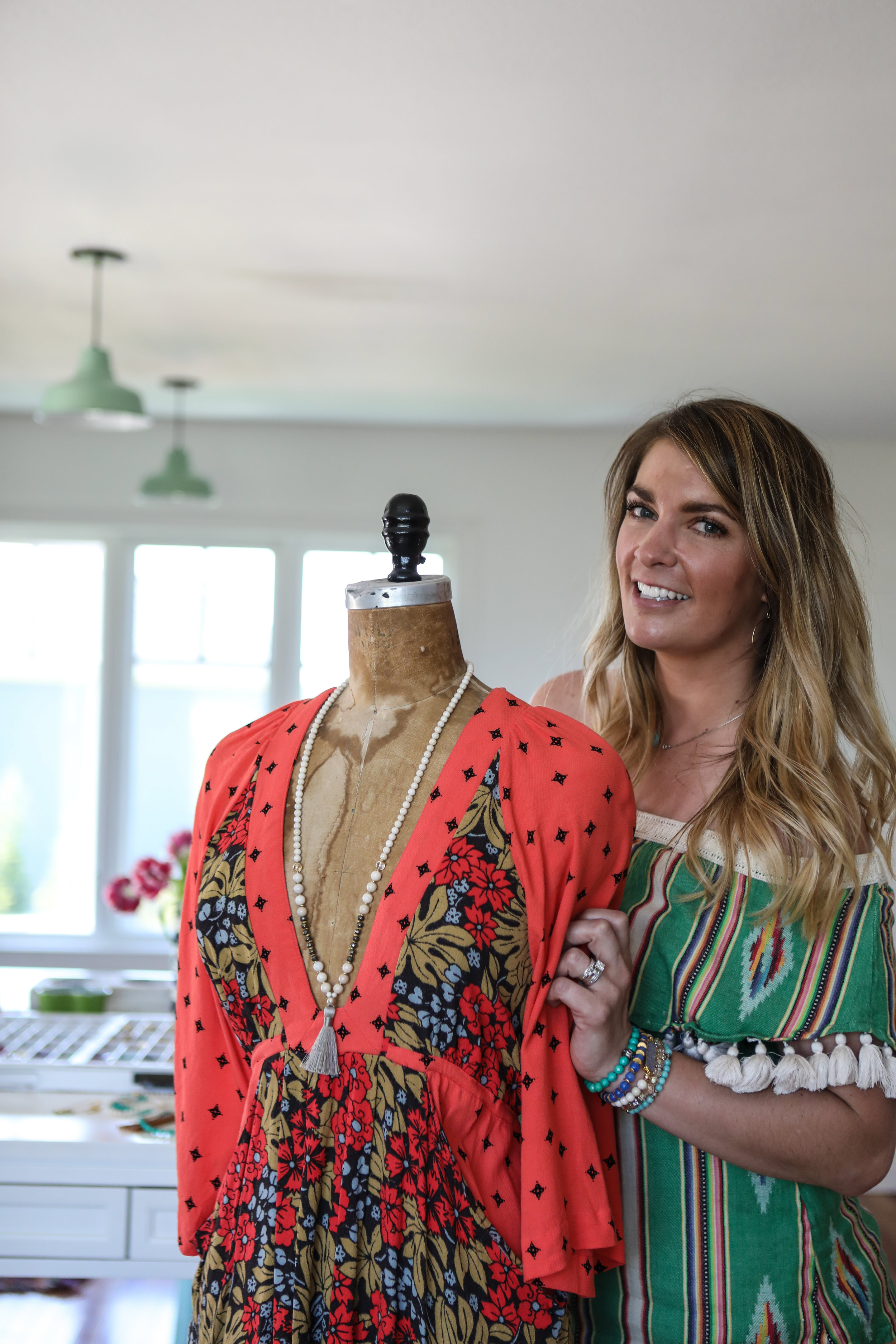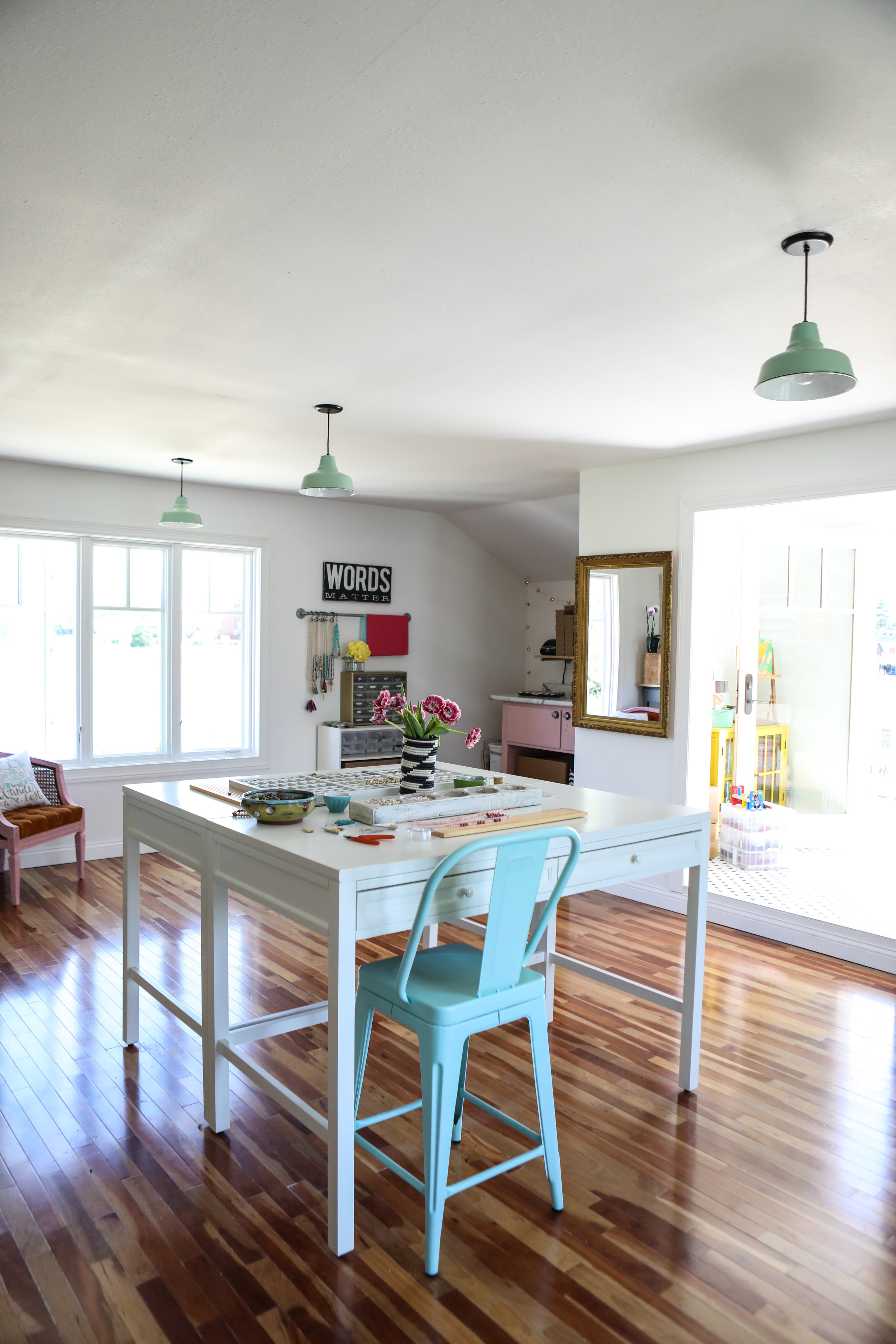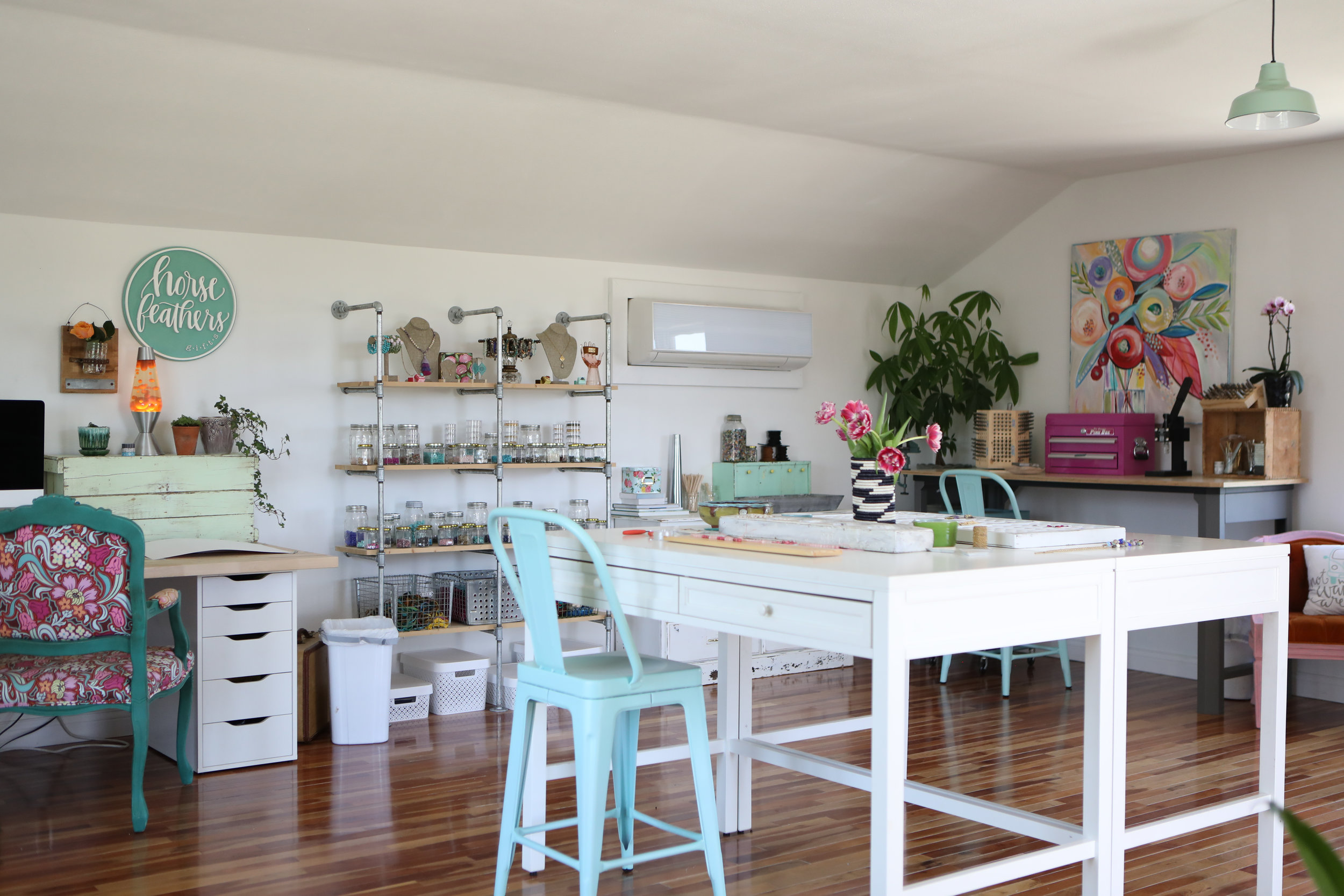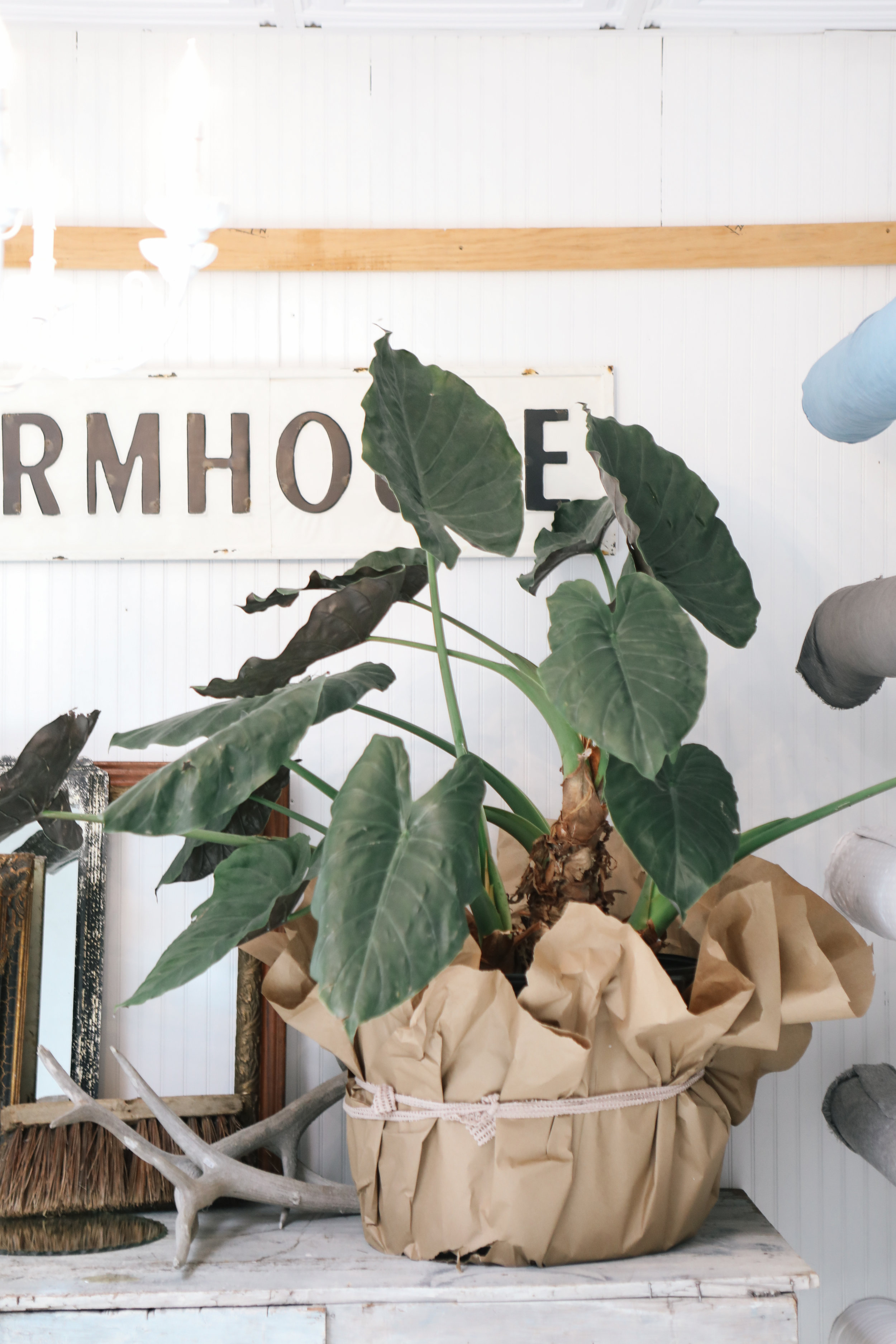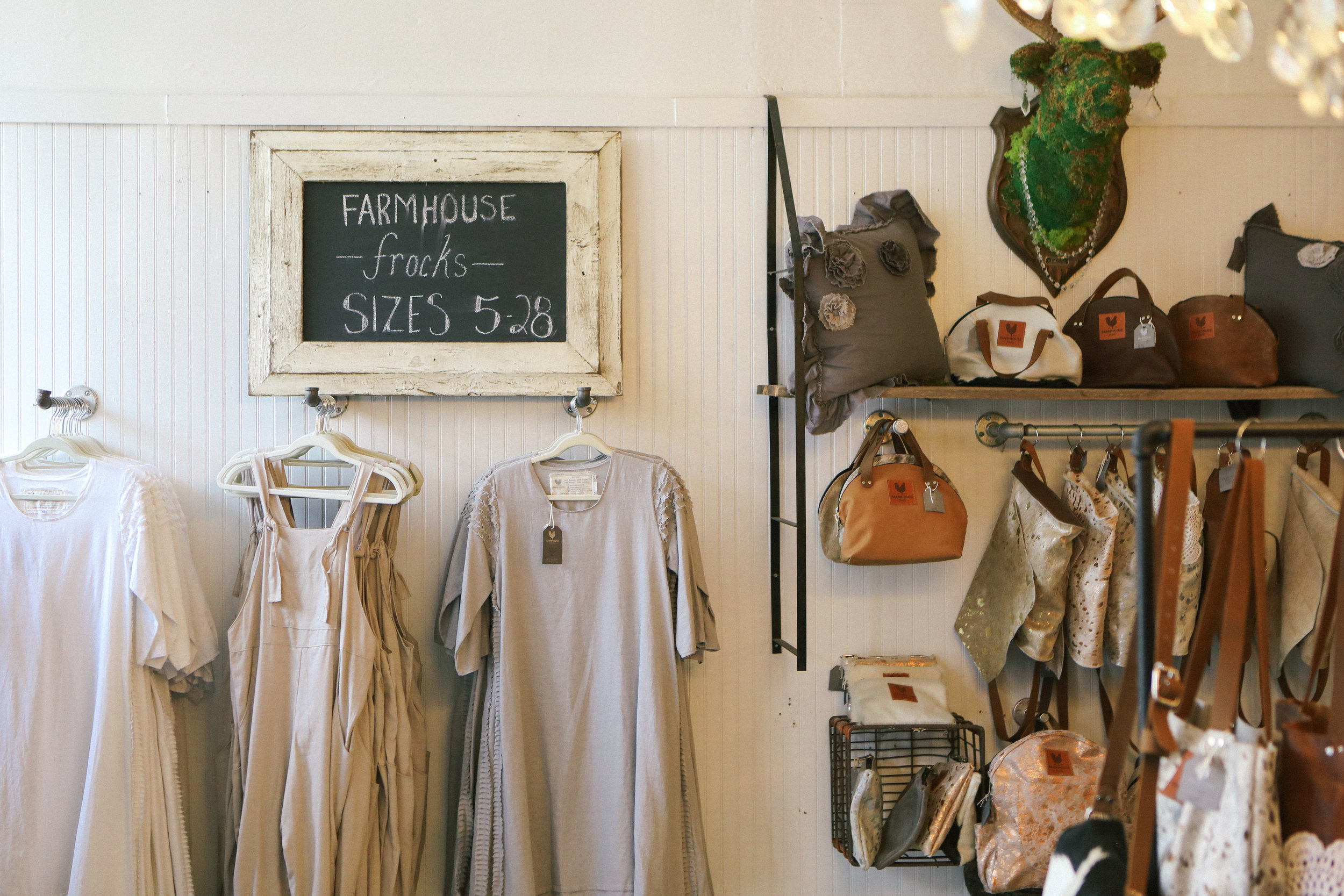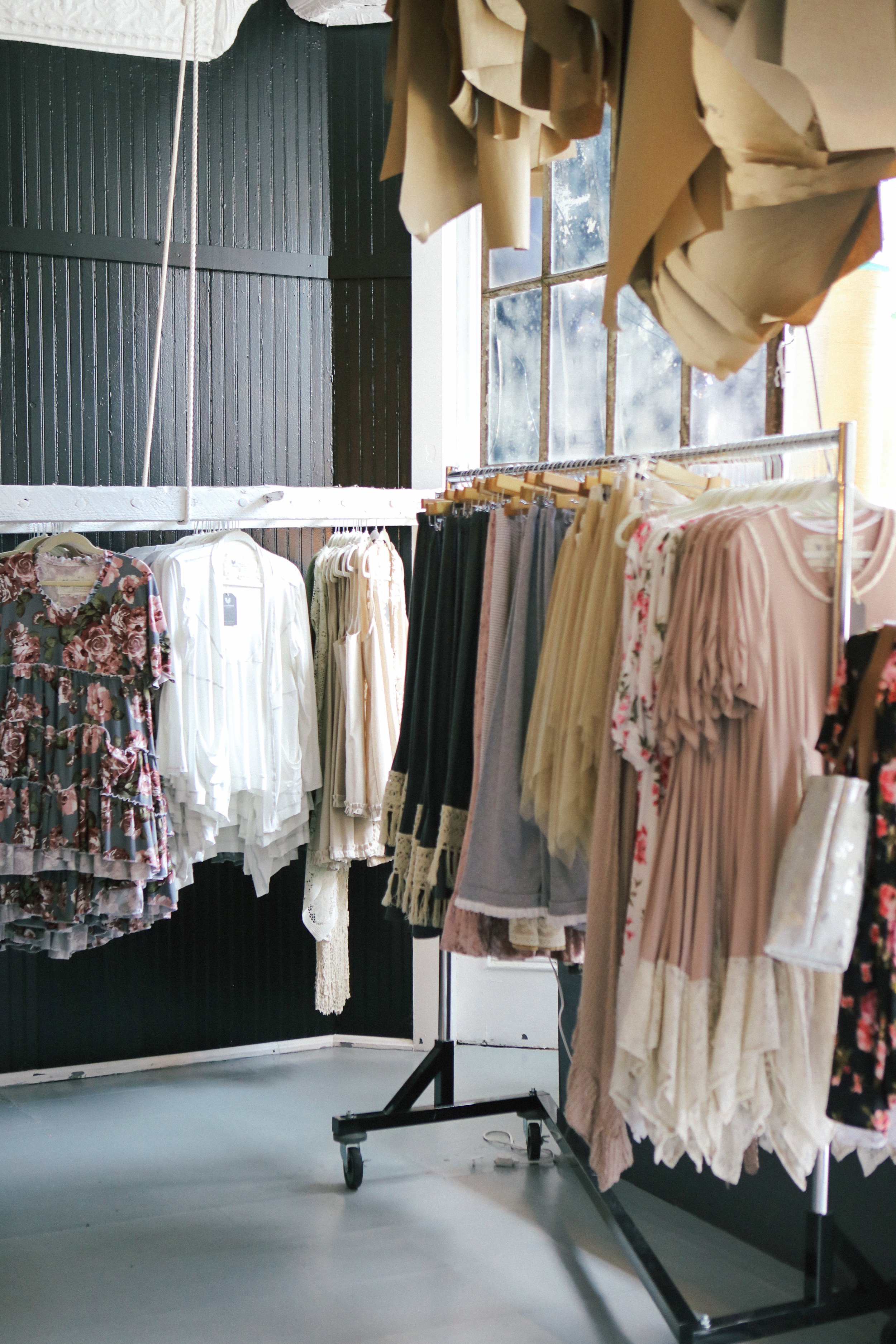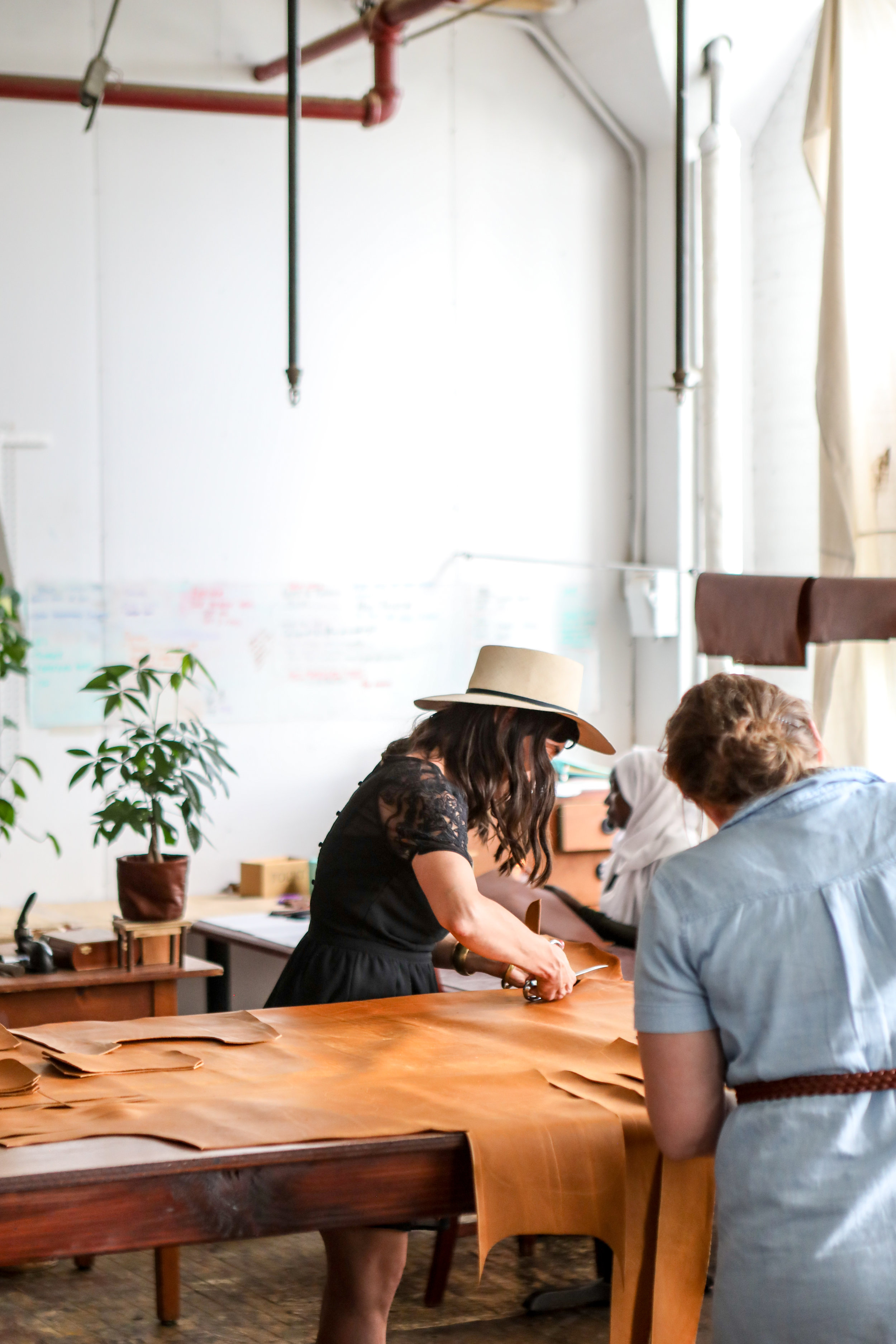Old World — Polder's Old World Market
Ben Ashby
In the mountains of southwest Virginia Polder’s Old World Market has hand crafted a slow life that brings the entire family into the business.
WE LIVE TOGETHER, WORK TOGETHER, EAT TOGETHER AND PLAY TOGETHER. Polder’s Old World Market is an extension of our daily life. It is the expression of all of our creativity, personality and skill combined. It is part of us. Each of us have our different roles in the business… some of us write and capture beautiful images that give people a window into our world, some of us are master carvers and produce the dreamware that is the heart of our brand, some of us keep in touch with the customers or package the orders for shipping. Together we make a great team.
We have lived and farmed in Virginia for almost four years now. Before that we lived in Northeast Tennessee for five years, but most of our lives we lived in Florida. That is where we started building our handcrafting business, and also started learning about homesteading and farming. We had always wanted to move to the mountains and farm, and we feel so blessed to live and work in this beautiful place. My Dad was born in Detroit, Michigan, but he says he is a Virginian at heart. I love waking up to the mist hanging over the ridge tops. I love walking through a grassy pasture in the morning and the grass being so wet with dew that my shoes fill up with water and slosh when I walk. I love the wildflowers and cool evenings and the slow pace of life. I’m okay with driving for forty-five minutes to go grocery shopping. This is a good place to live life.
Before we started carving spoons for a living my Dad was the plant manager of a large railcar repair corporation in Florida. When the plant shut down he had to decide whether to take a better paying job that would require travel so he would only be home on weekends, or to do something entirely different. He decided to do something different. The first thing we tried was to start a parking lot maintenance business (not very romantic), but the economy wasn’t thriving, jobs were hard to come by and we couldn’t make ends meet. We were learning about homesteading on our little quarter-acre plot of sand and we began taking baked goods, seedlings and little arts and crafts type stuff to local farmer’s markets to try to make some extra income. Then Dad carved his first wooden spoons with a terrible set of bench chisels we bought him for Christmas, and our farmer’s market customers loved them! They began encouraging us to build a website, and we began dreaming of the possibility of making a real business out of our skills. We came up with the name Polder’s Old World Market and began trying to flesh out our branding. But we knew we didn’t want to build a business in Florida… we really wanted to be in the mountains. So we decided to make the leap.
It wasn’t until after we had moved to Tennessee that we really began to focus on our wooden kitchen utensils. A neighbor told us about Etsy, and we opened a shop there. We were so excited when we got our first order! Looking back at how terrible our first product photos were, it’s hard to imagine how we ever got that first order, but I remember it as clear as day. Back then, orders came in slowly enough that I could remember each customer’s name and what state they were from off the top of my head. Those days are long gone, though I’m still familiar with the names of our most supportive customers. Our Etsy shop became very successful with the help of so many lovely customers, and eventually we opened our website, which allowed us to more fully develop and express our branding. We named our wooden utensils “dreamware” because, after all, it’s “the kitchenware of your dreams”.
Originally we worked with whatever wood we could get a hold of. I miss those days, really, because I remember some of the stunning and unusual “scrap” wood that was given to us in Florida and those were some really gorgeous wooden spoons! We make a large enough quantity of dreamware now that we’ve narrowed it down to several wood types that we can consistently keep in stock. I dream of one day offering a wider selection of “limited edition” wood types again.
One of biggest decisions we made in the area of change was to broaden our brand to include products made by other crafters. We have always kept dreamware as our main focus, and it remains our main source of income, but we decided a few years ago that we wanted to support other makers and also offer beautiful products that were complementary to our craft. This has allowed us not only to offer our customers a greater variety of products to choose from, but it also frees us up from personally making every item we sell, which was an obstacle to our growth for a while. When choosing complementary products to offer alongside our dreamware, we limit ourselves to items that are exceptional and unique, made in the USA or vintage, and meet the same quality standards as the dreamware we make.
I think our biggest challenge has been navigating the natural limitations of handwork without holding our brand back from growth. We have a big team, but we are still only humanly capable of producing a certain amount of handcrafted product each week, not to mention all the time and energy it takes to run other aspects of the business. It has taken a lot of creativity and brainstorming to find ways to save time and become more efficient without losing the charm and integrity of our product and brand.
Another enormous challenge for us, perhaps even larger than the first one I mentioned, has been learning to adjust to the algorithms and censorship on social media and across the web. Speaking completely frankly, our brand has experienced serious difficulties in getting the exposure we need since the infamous algorithm changes on social media platforms, as well as the filtering of promotional emails that Google started some time ago. We recognize this is a challenge for many small business owners who depend on social media and email marketing to communicate with their customers, and we are looking forward hopefully to a time when selling online isn’t quite as challenging as it has become over the past couple of years.
Our biggest strength is probably the fact that we face every decision and challenge of running a handcrafting business as a family. We are team players and we work at this together. It is a priceless thing to be able to tap into each other’s skills, perspectives and ideas. There is no doubt that the combination of all of our personalities and skill sets is what makes Polder’s Old World Market possible.
For us, supporting Made-in-the-USA and American entrepreneurship is a way of expressing our love for this beautiful Country that we have the privilege of calling home. The concept of the American Dream was born from the idea that, here in the USA, anyone can work hard at what they are passionate about (whether that be farming, selling books, or practicing medicine) and create a wonderful future for their family. This opportunity still exists, or my family could never live the life we are living. But there is no doubt that overseas manufacturing and big box stores have stolen something from America. We would love to see more and more individuals and families getting back to the principles of craftsmanship and entrepreneurship that helped make America the incredible nation it is. It would be such a beautiful thing to see. If we all do our part to support the small American businesses and makers around us, we can strengthen our communities from the inside out. We can make a difference!
I think living slow comes naturally when you live twenty minutes from the nearest gas station and you have a large family. We don’t have a TV and we don’t live near a mall. We entertain ourselves by playing board games, visiting the local cafés and taking long walks. Our days are full of hard work, but we also get to enjoy kayaking, holding puppies, splashing in puddles, hunting for mushrooms in the mountainside and sitting on the porch watching the sunset. Our internet connection is painfully slow, so even working online can be an exercise in taking a deep breath and slowing down. To us, the benefits of this slow paced lifestyle far outweigh the inconveniences. We are so grateful to live this life.
— poldersoldworldmarket.com











